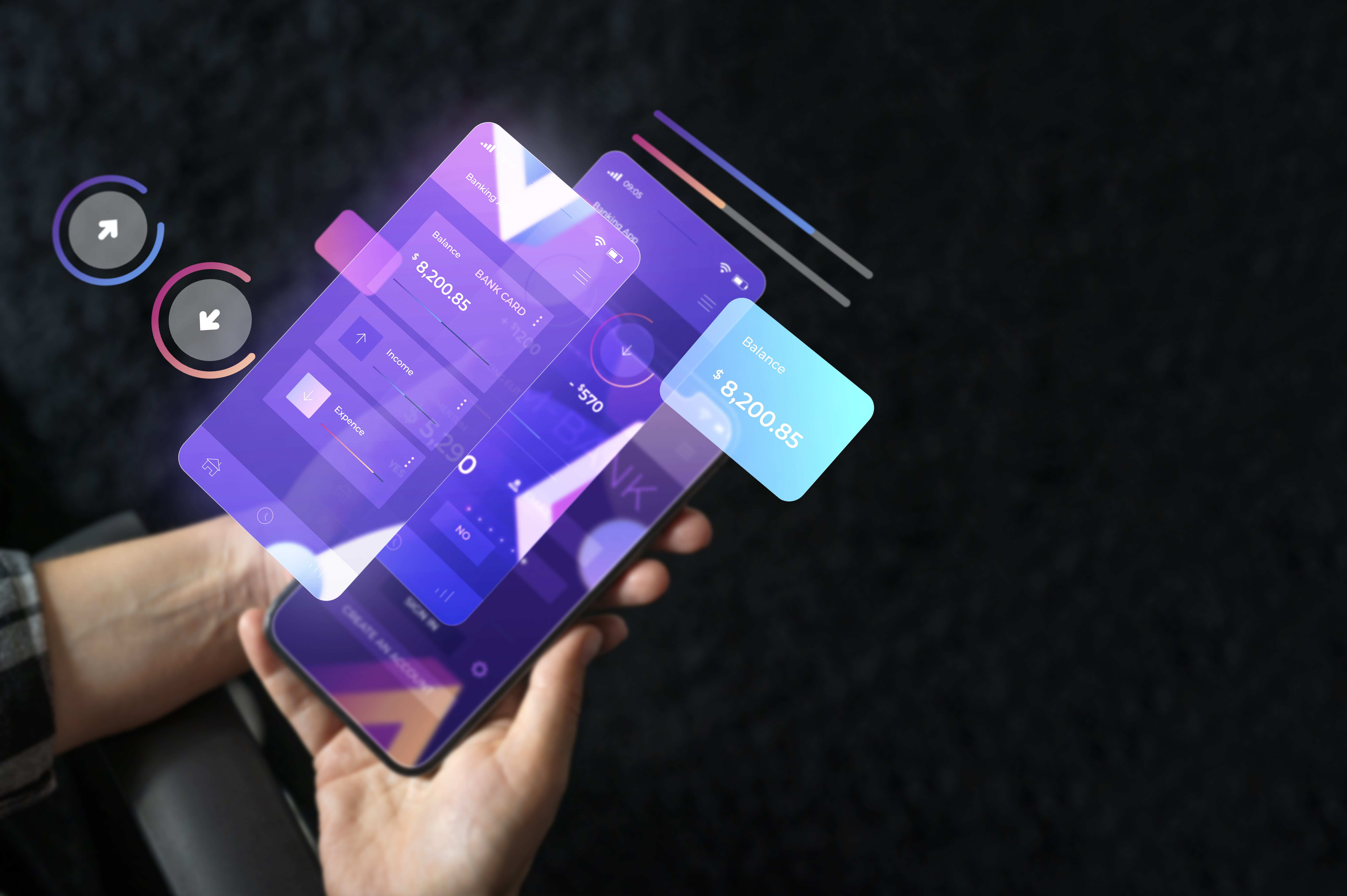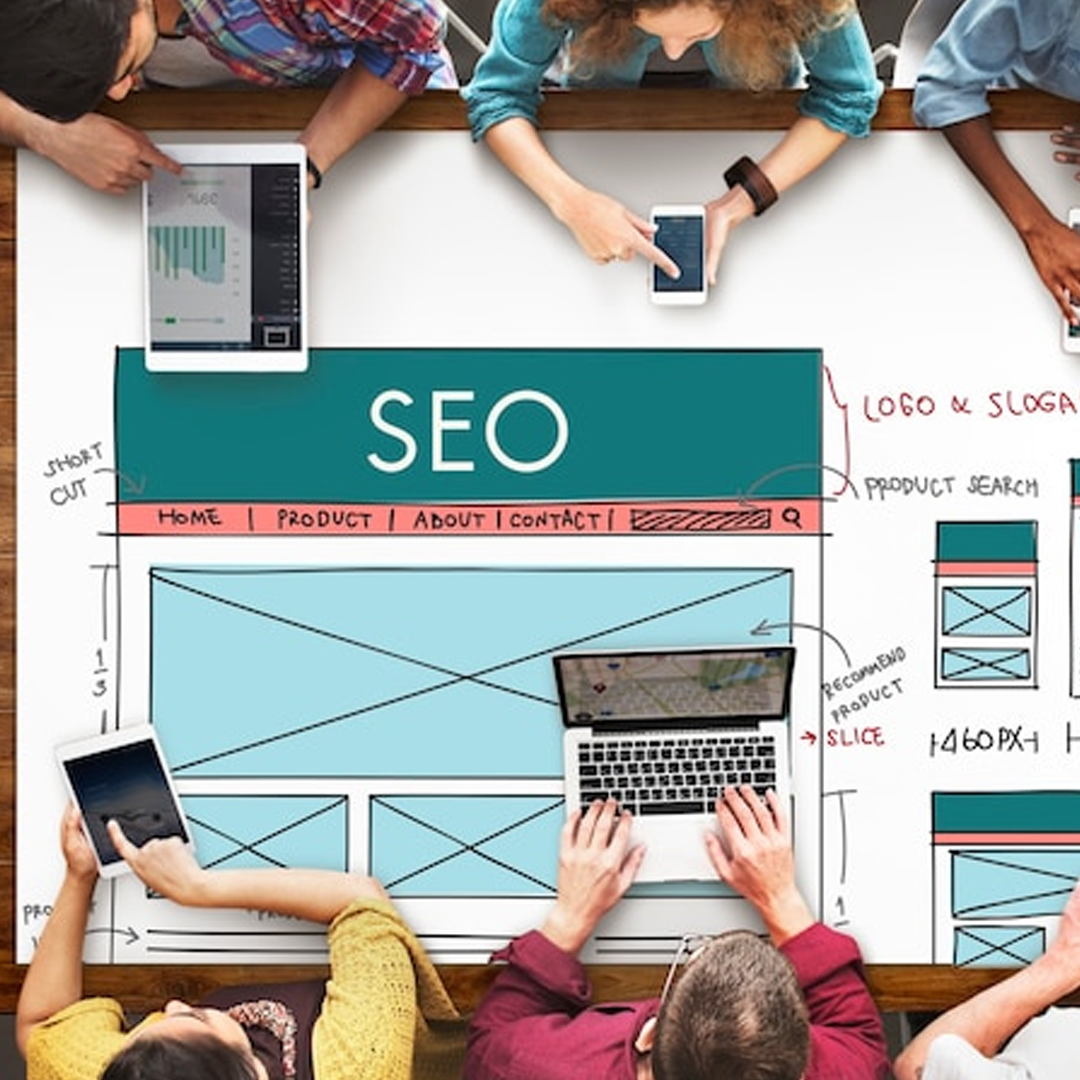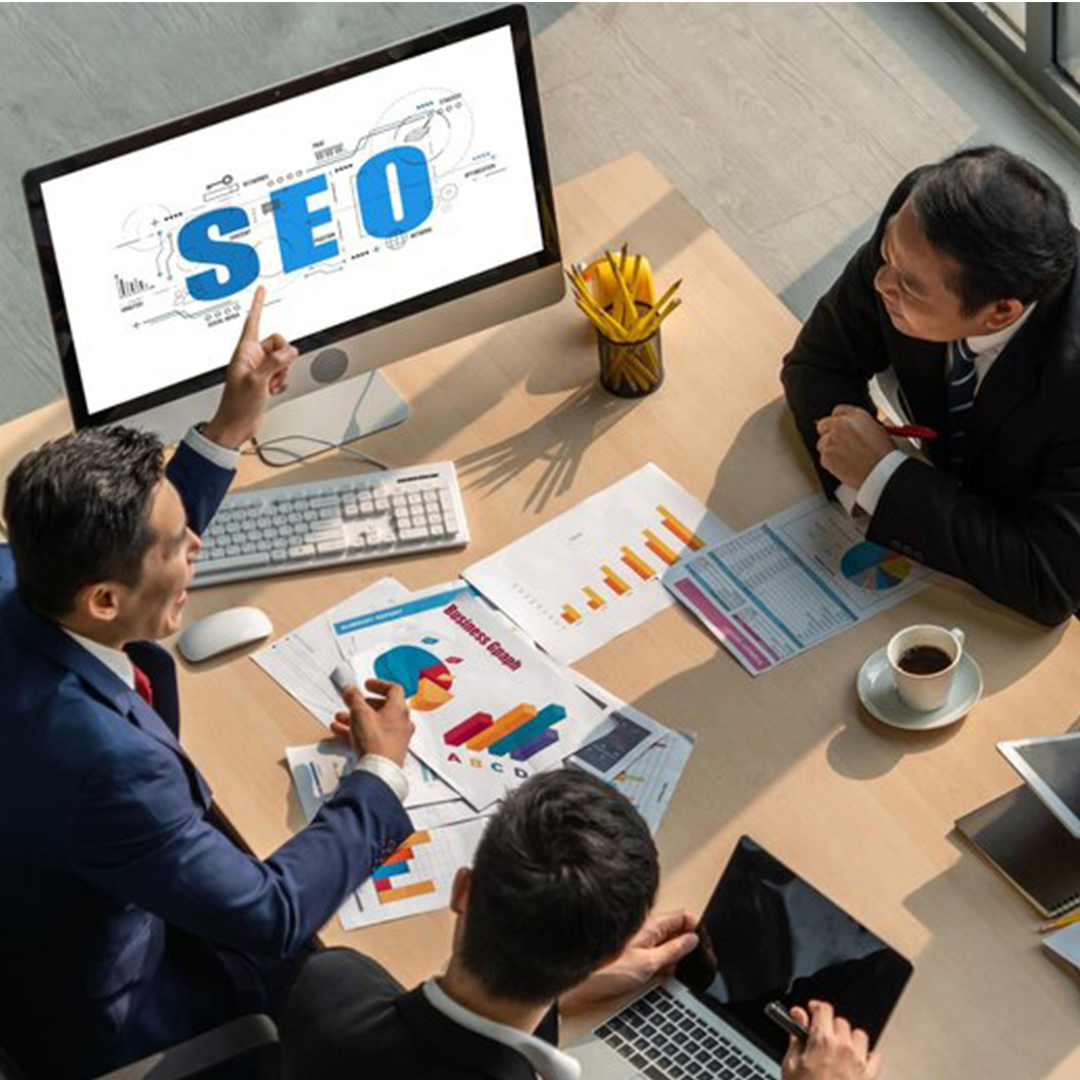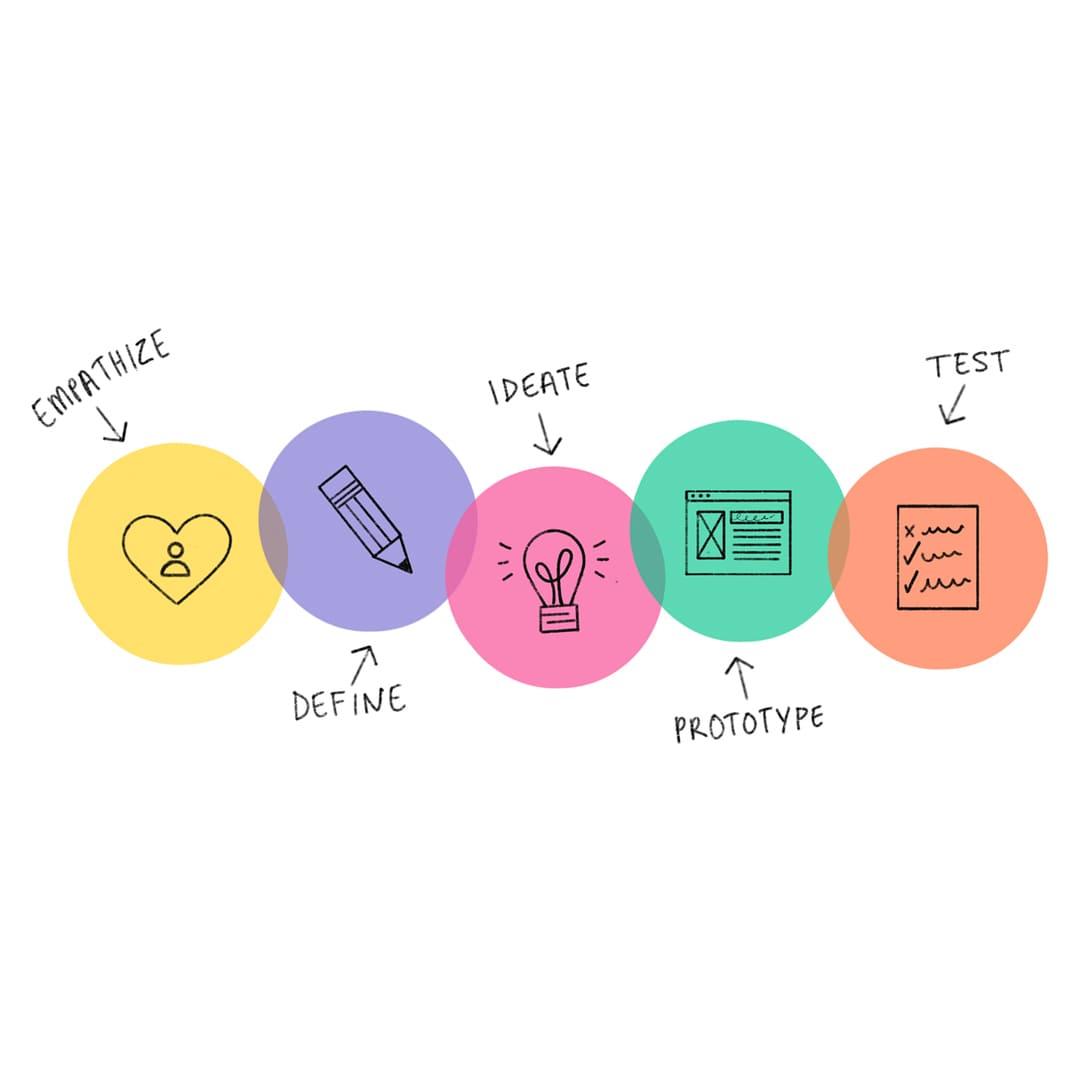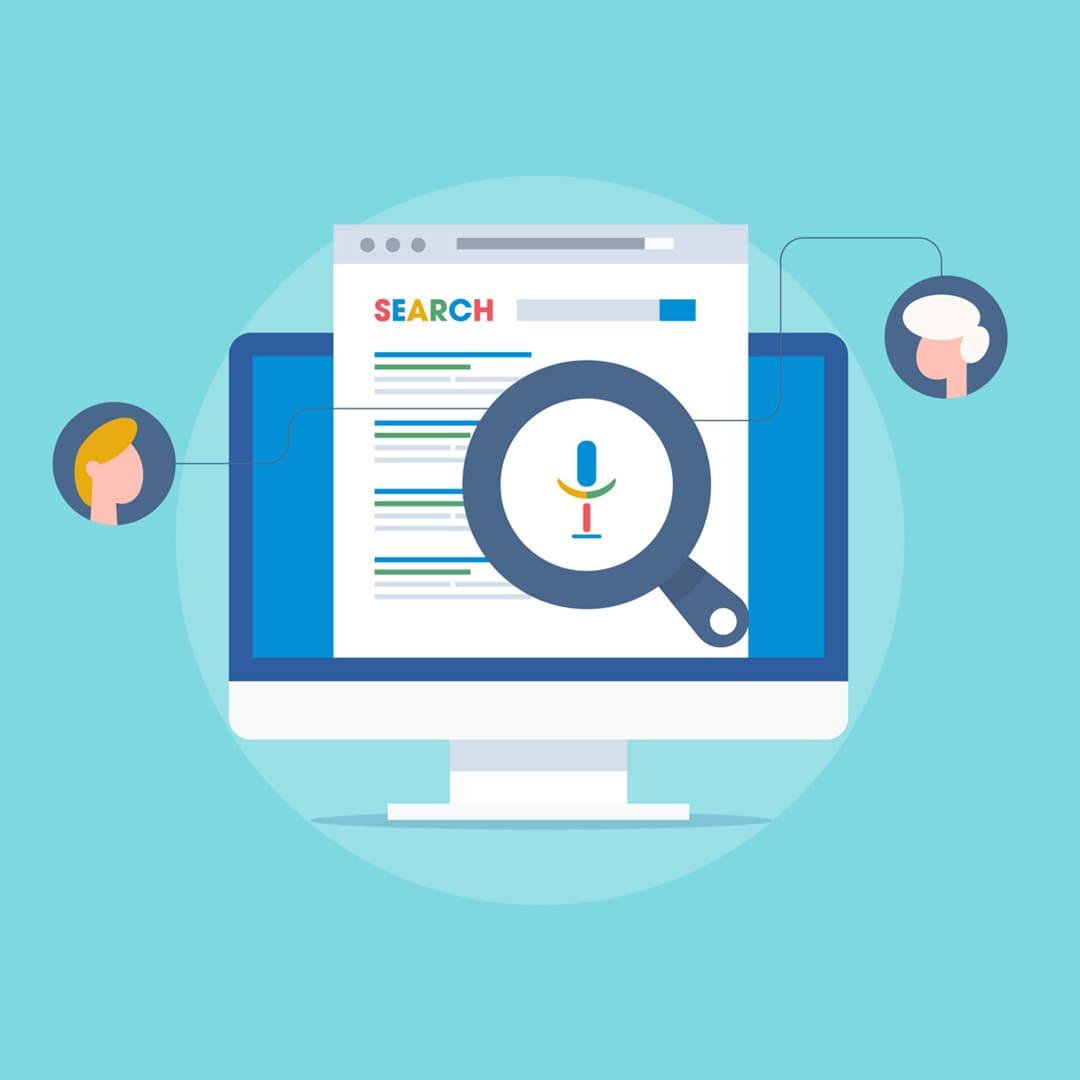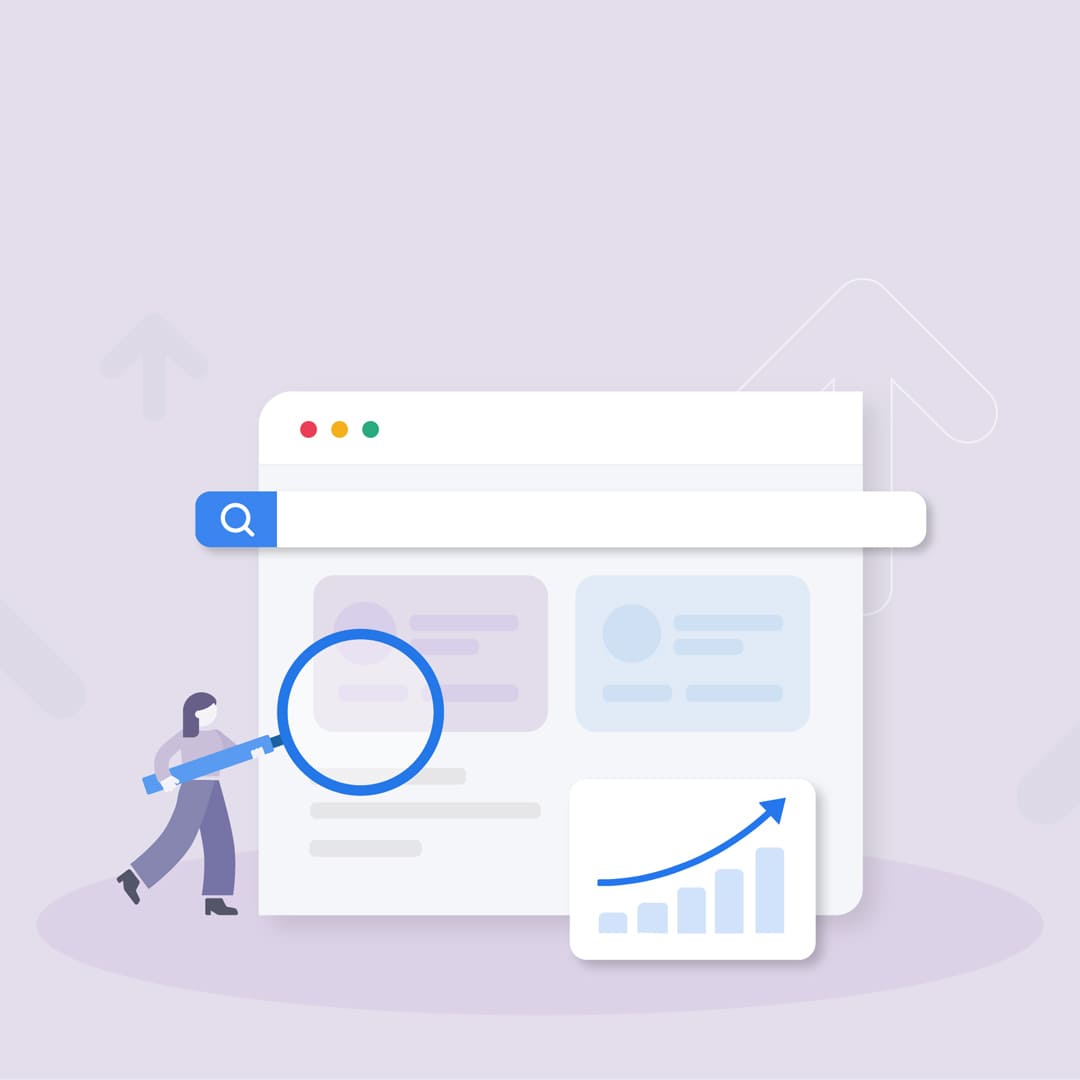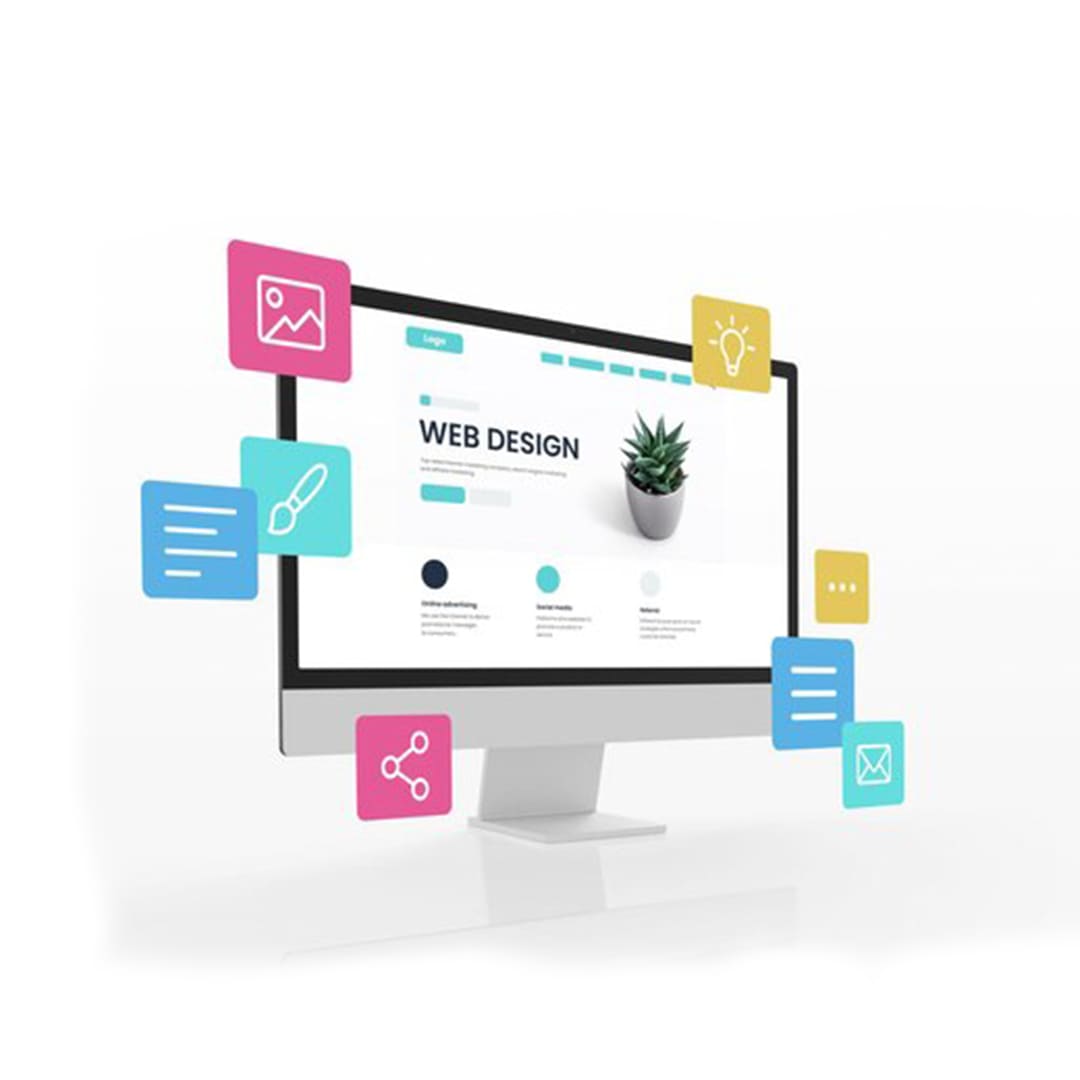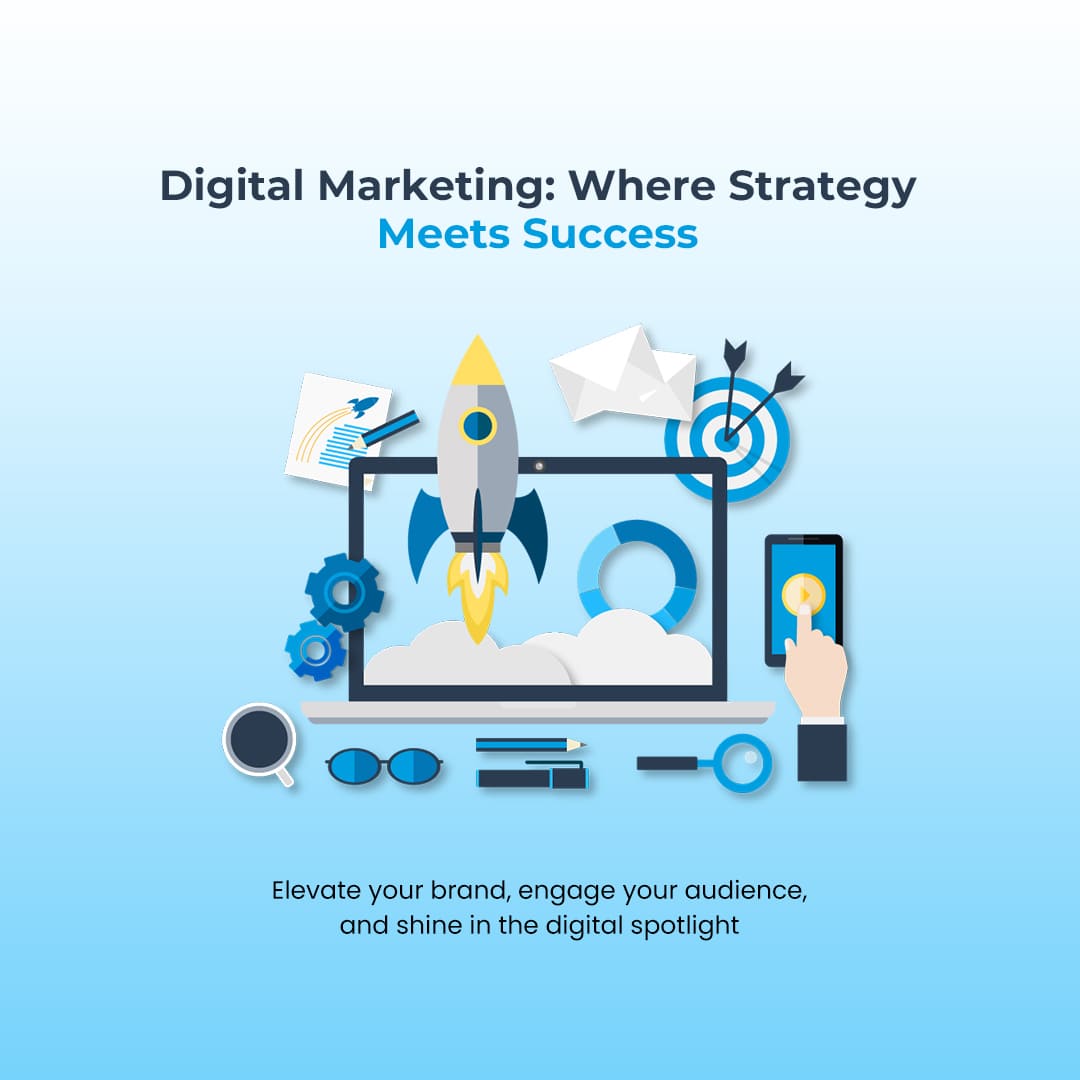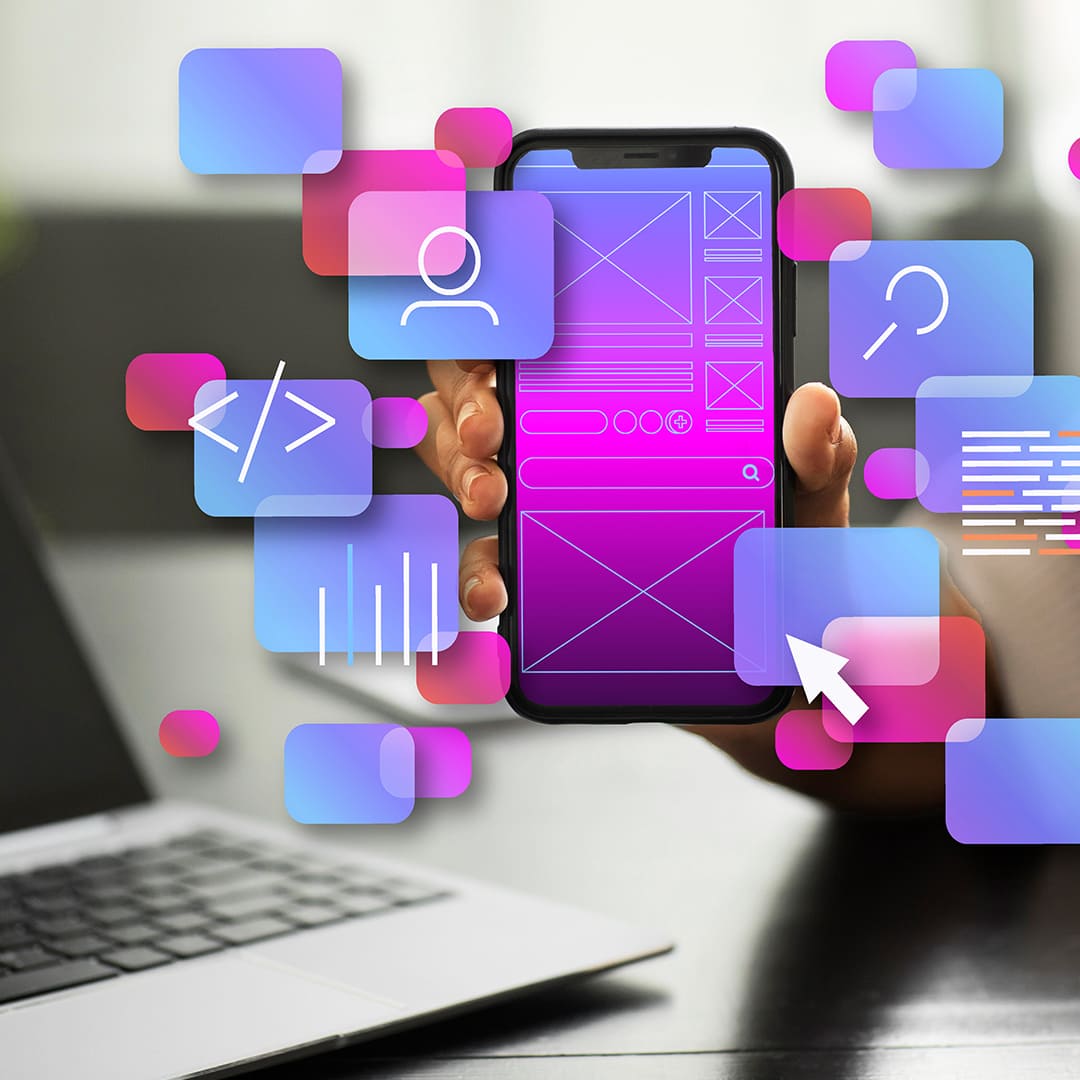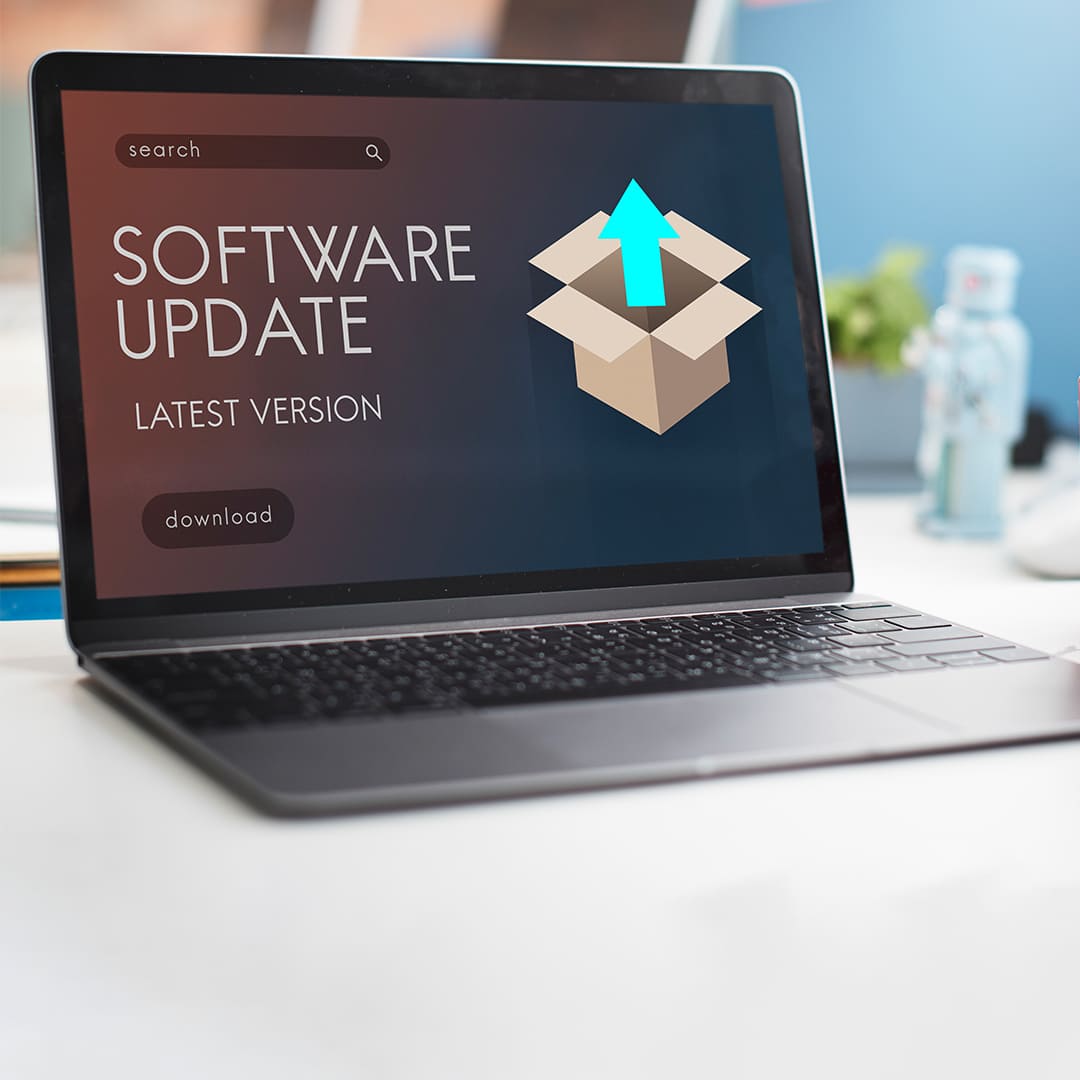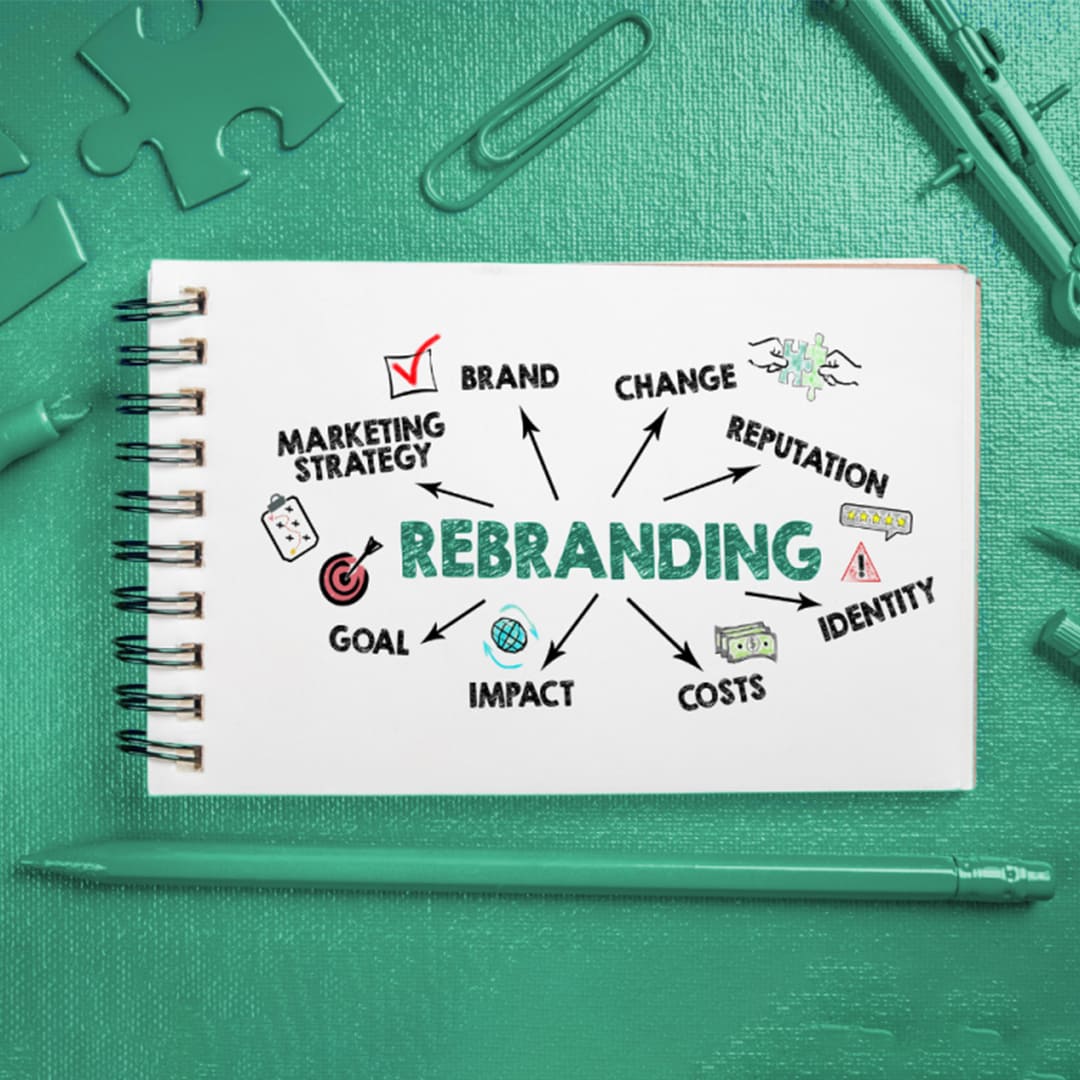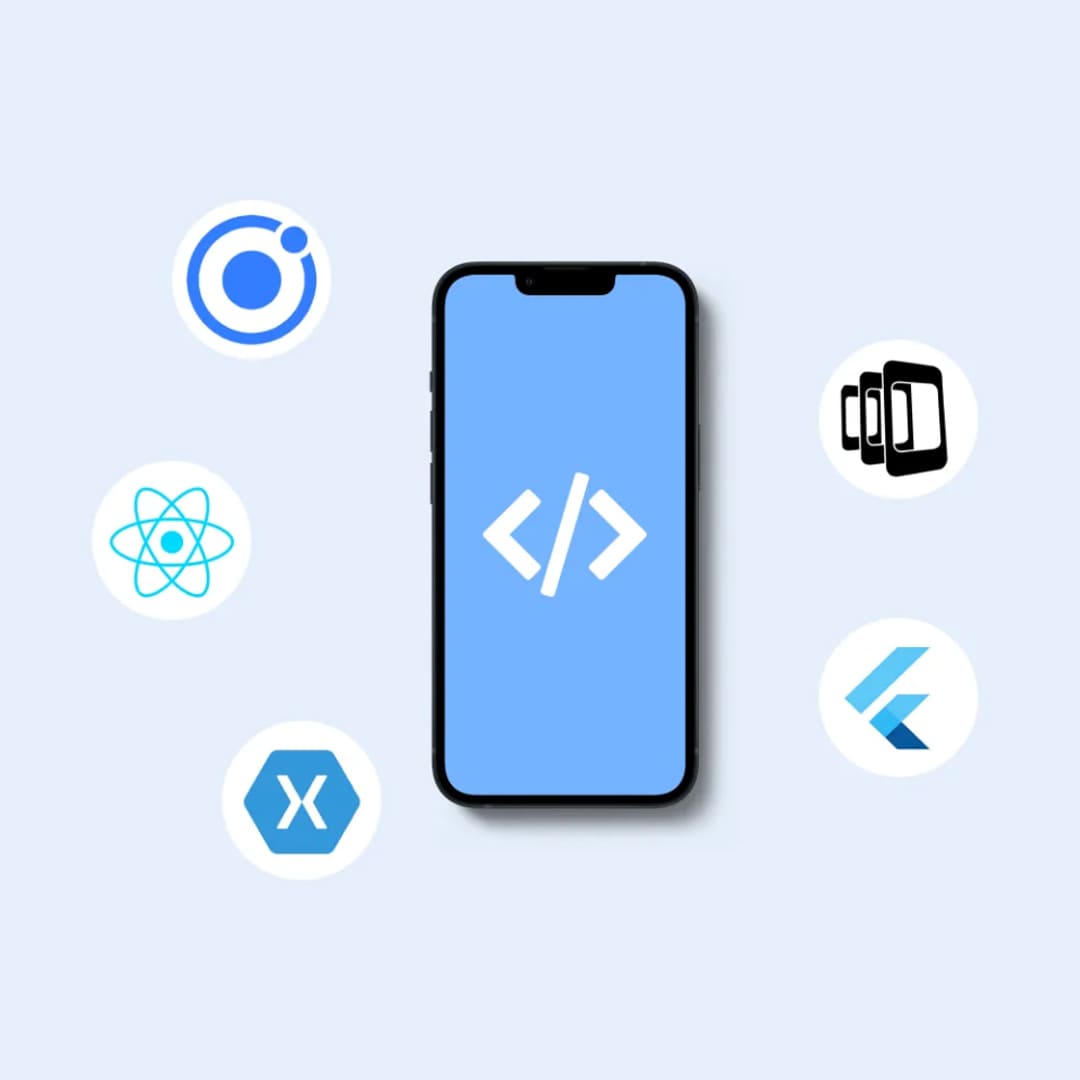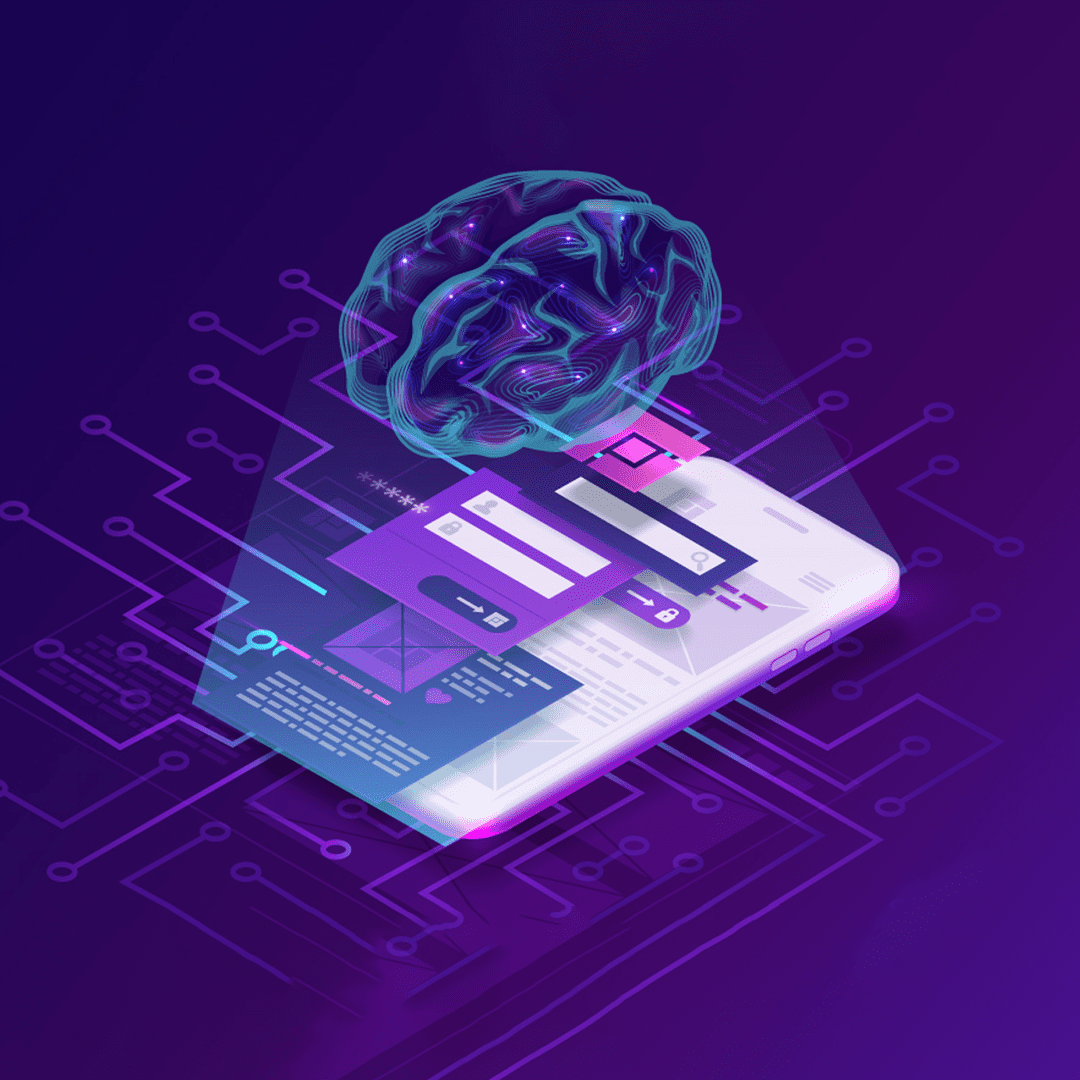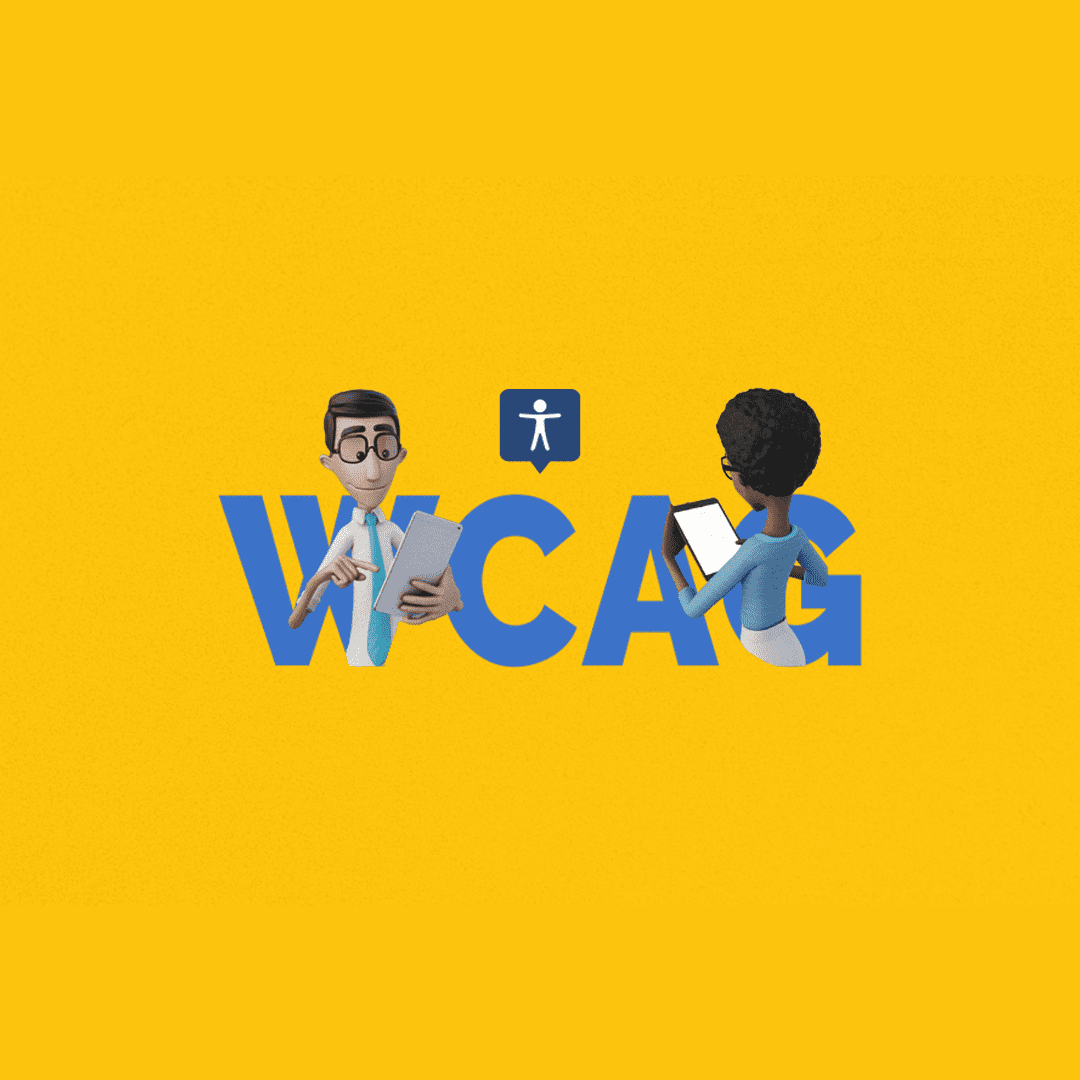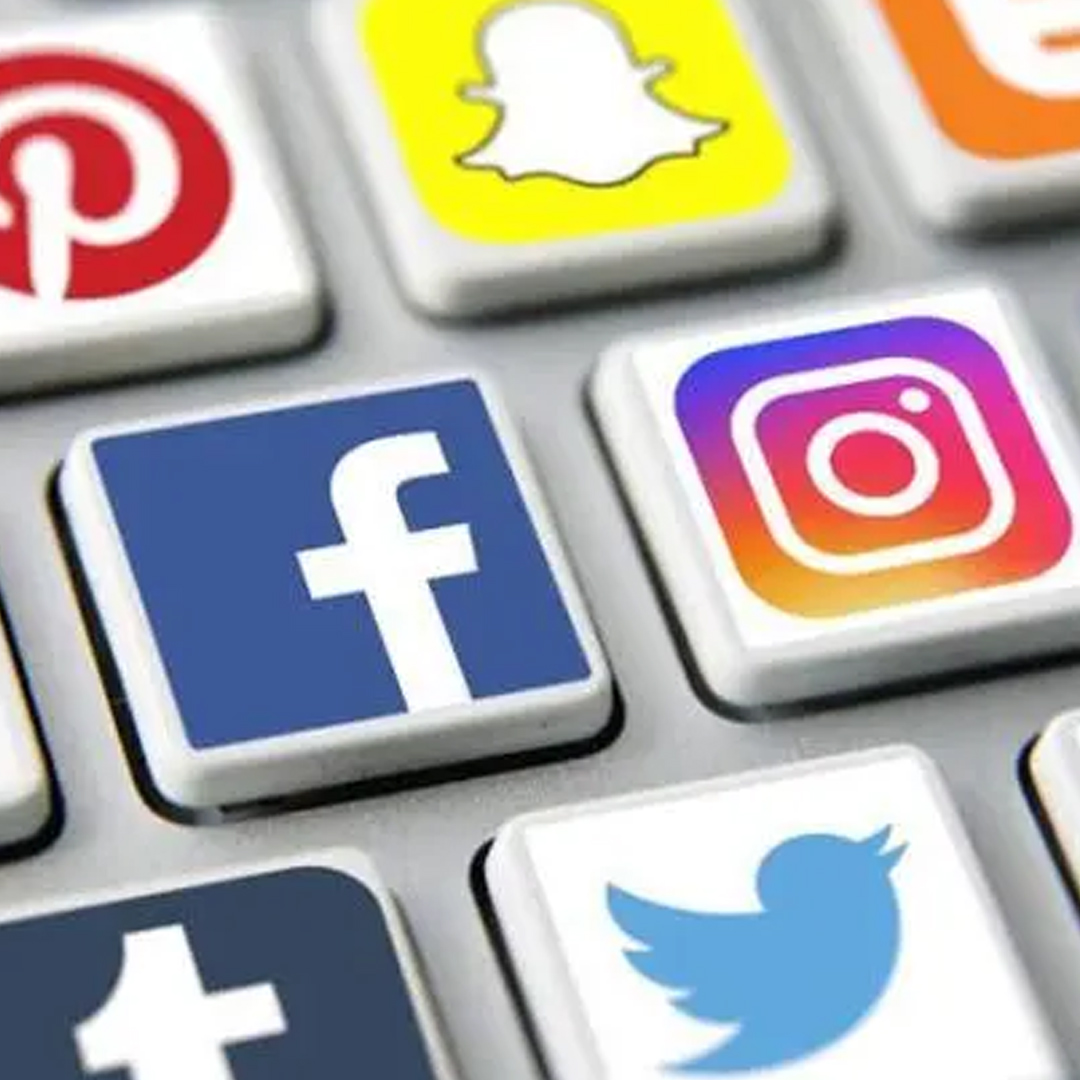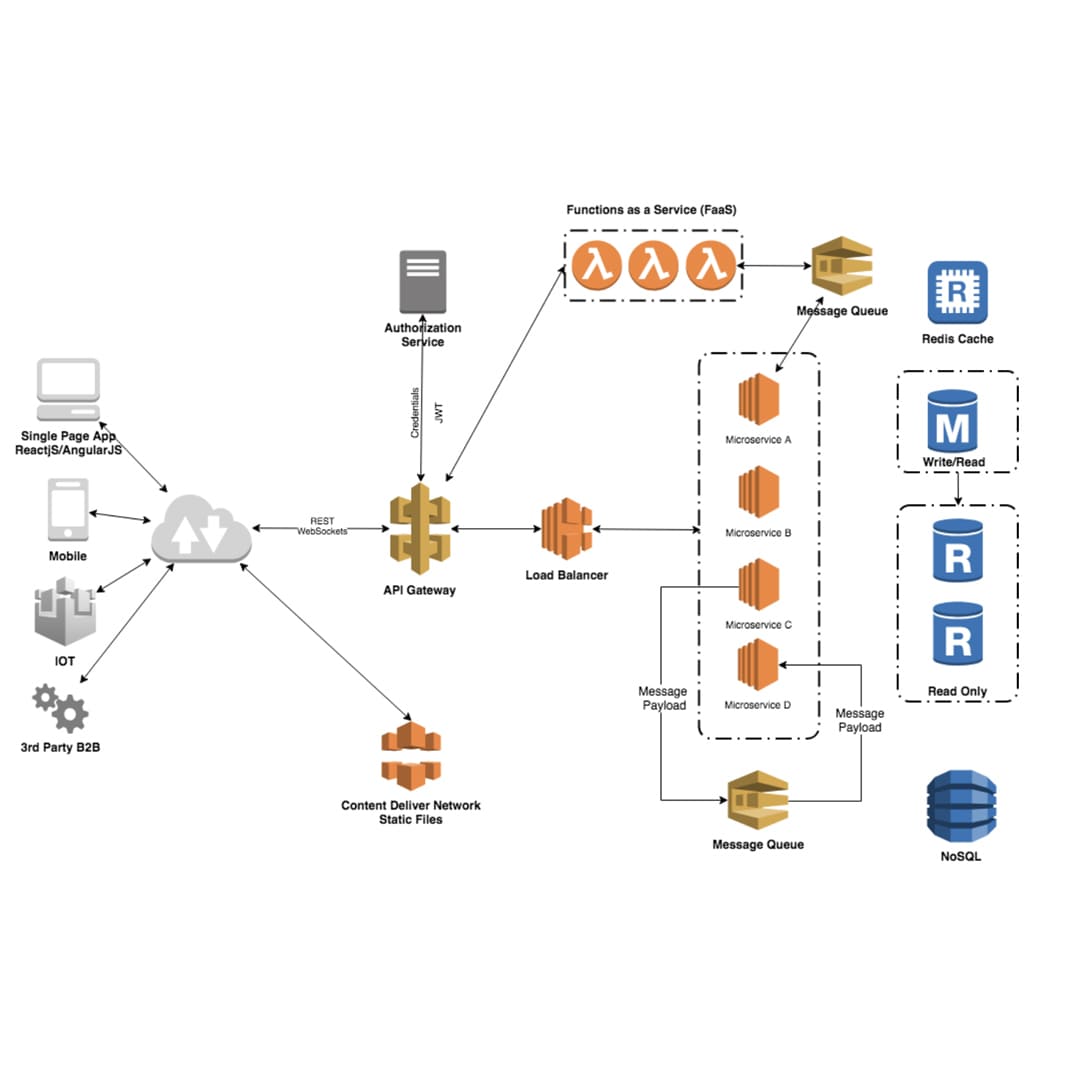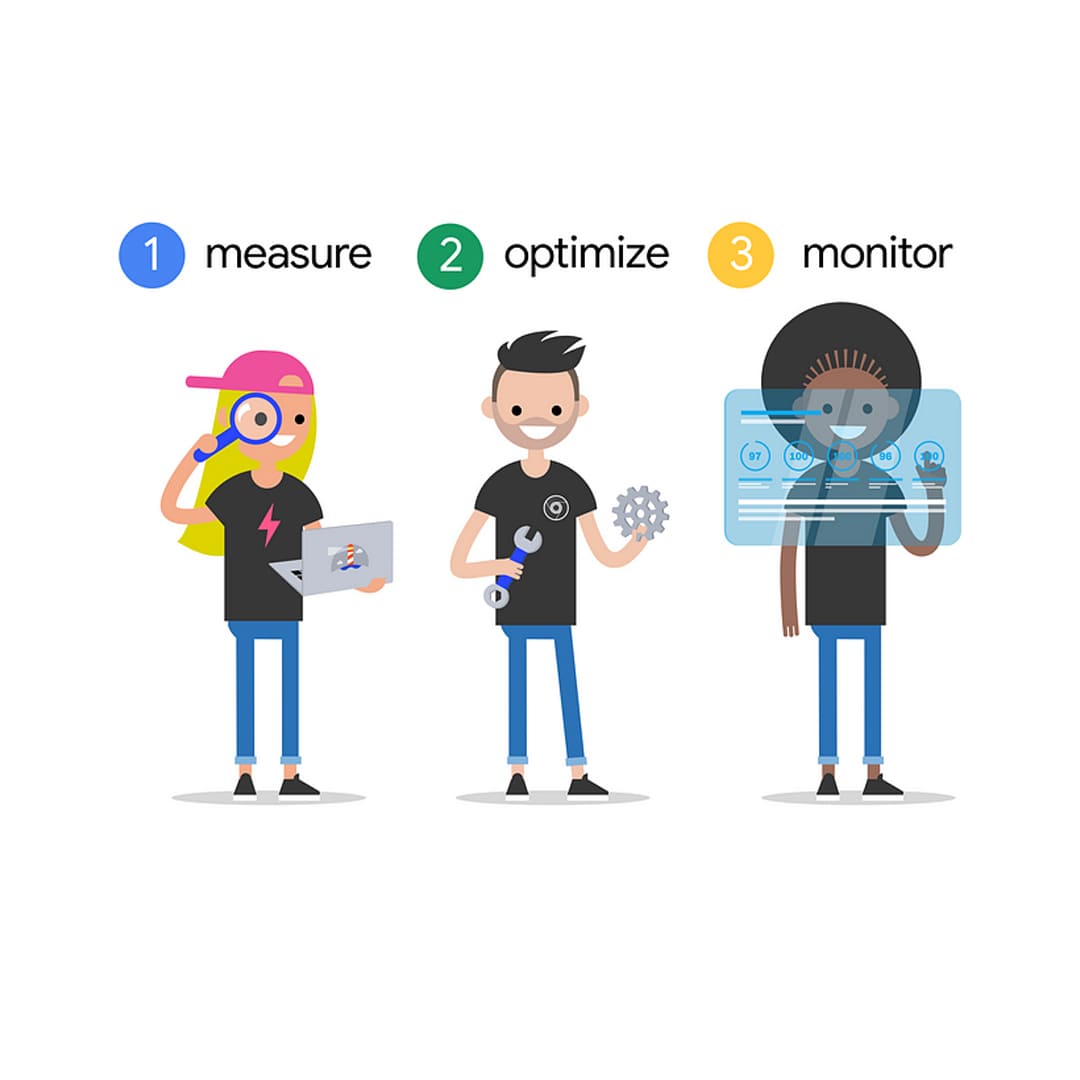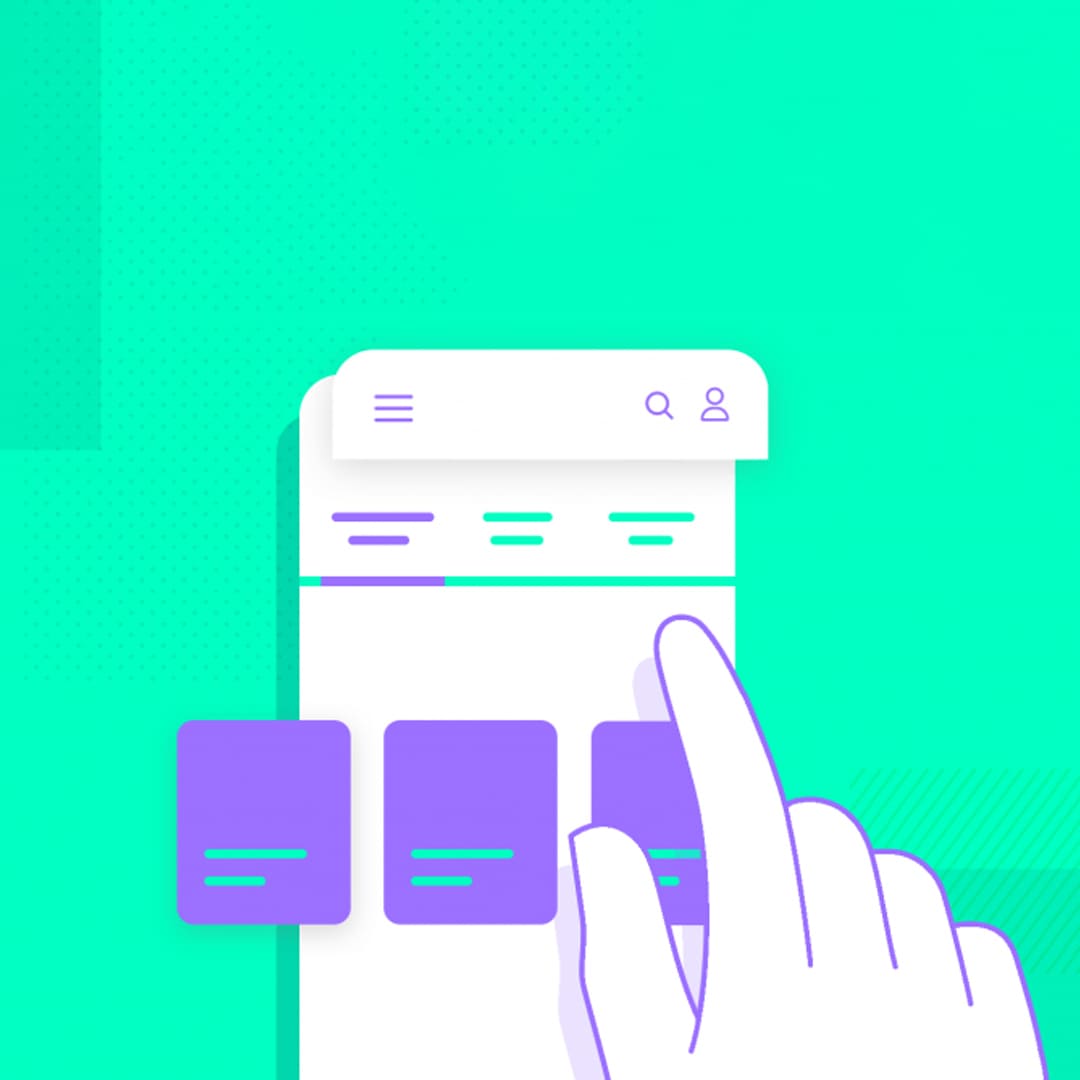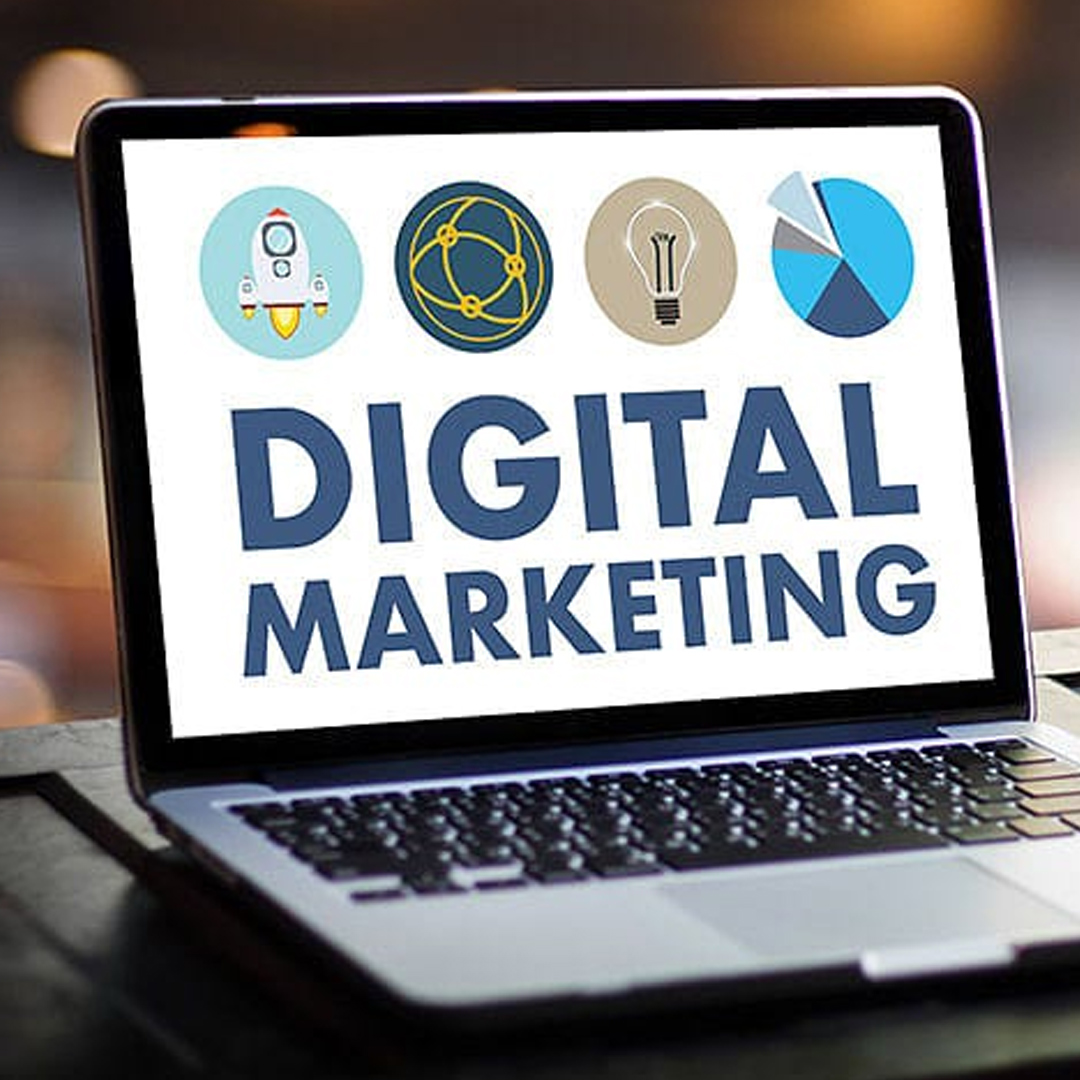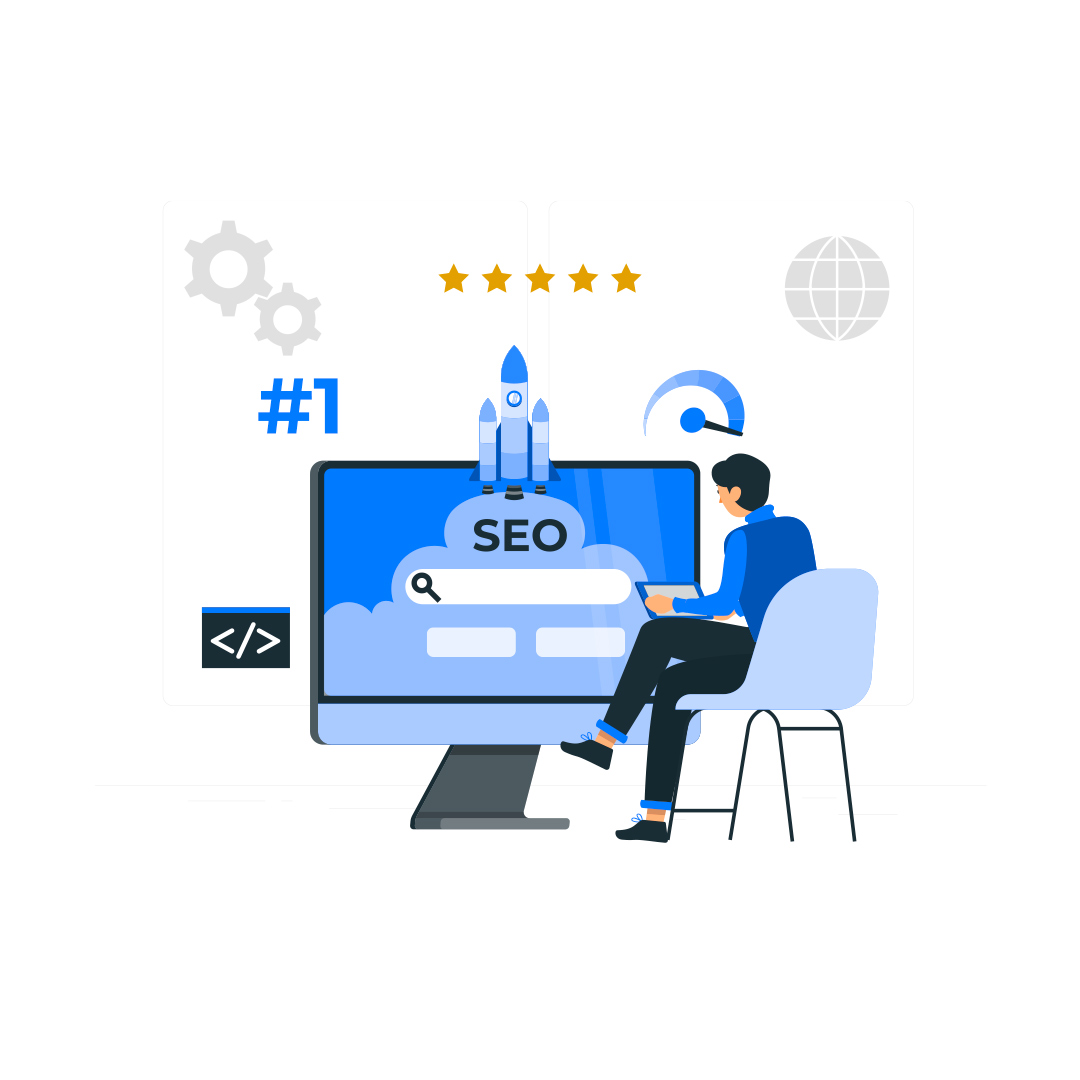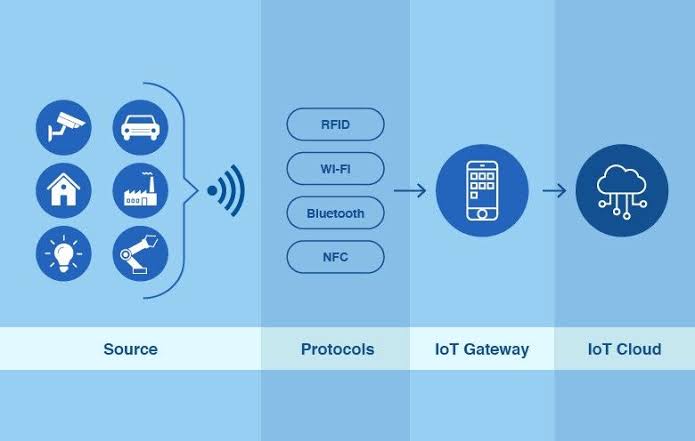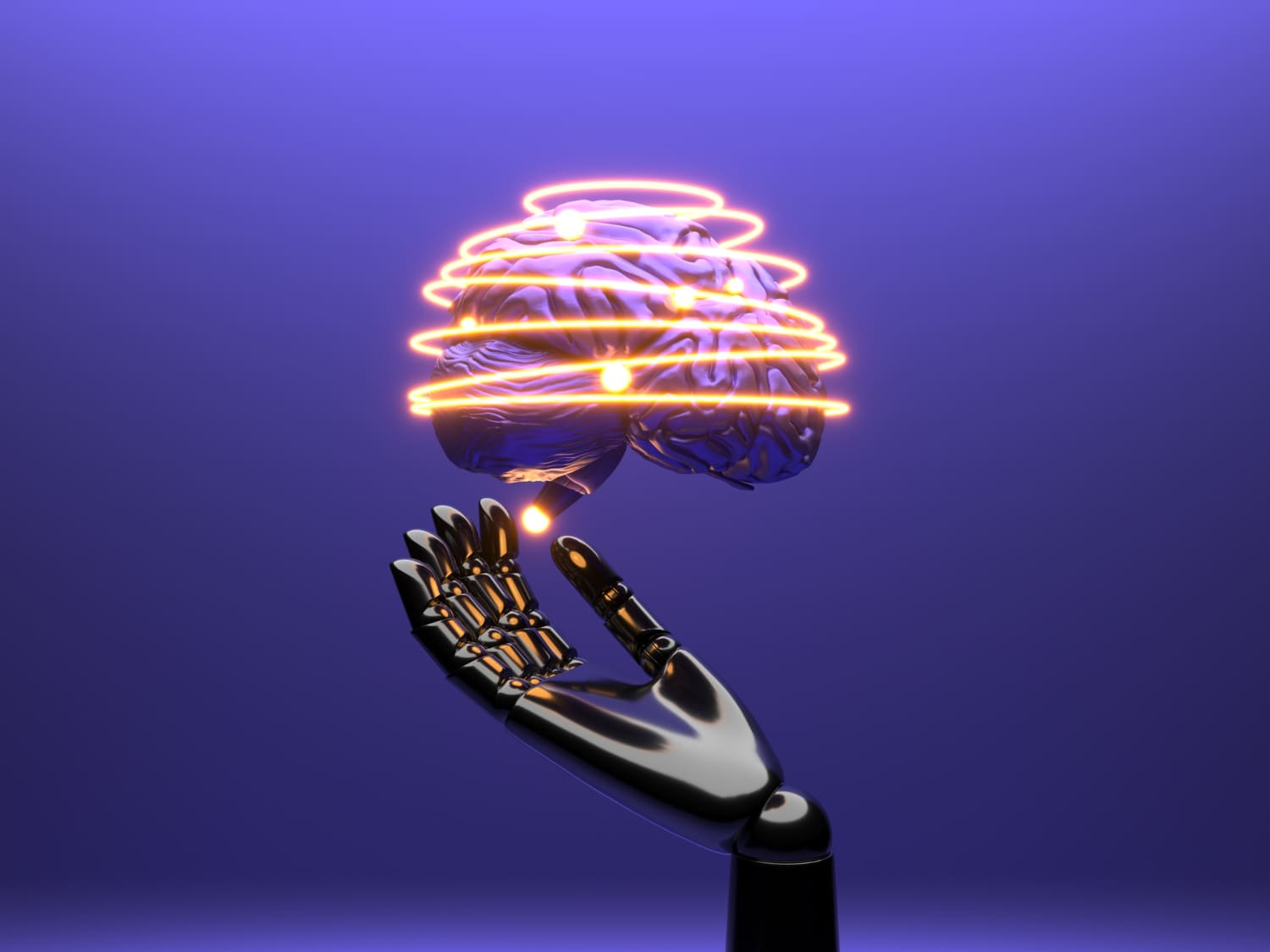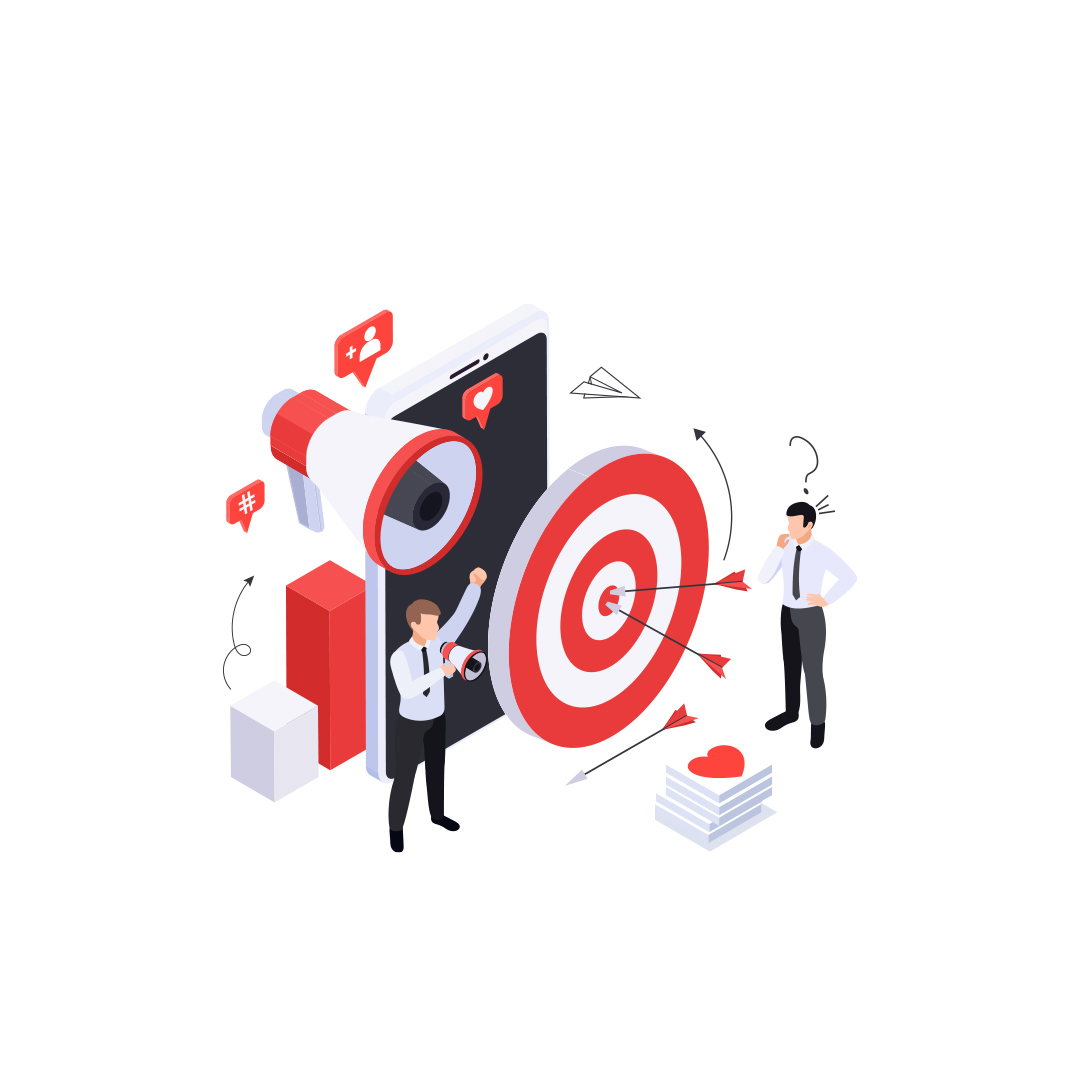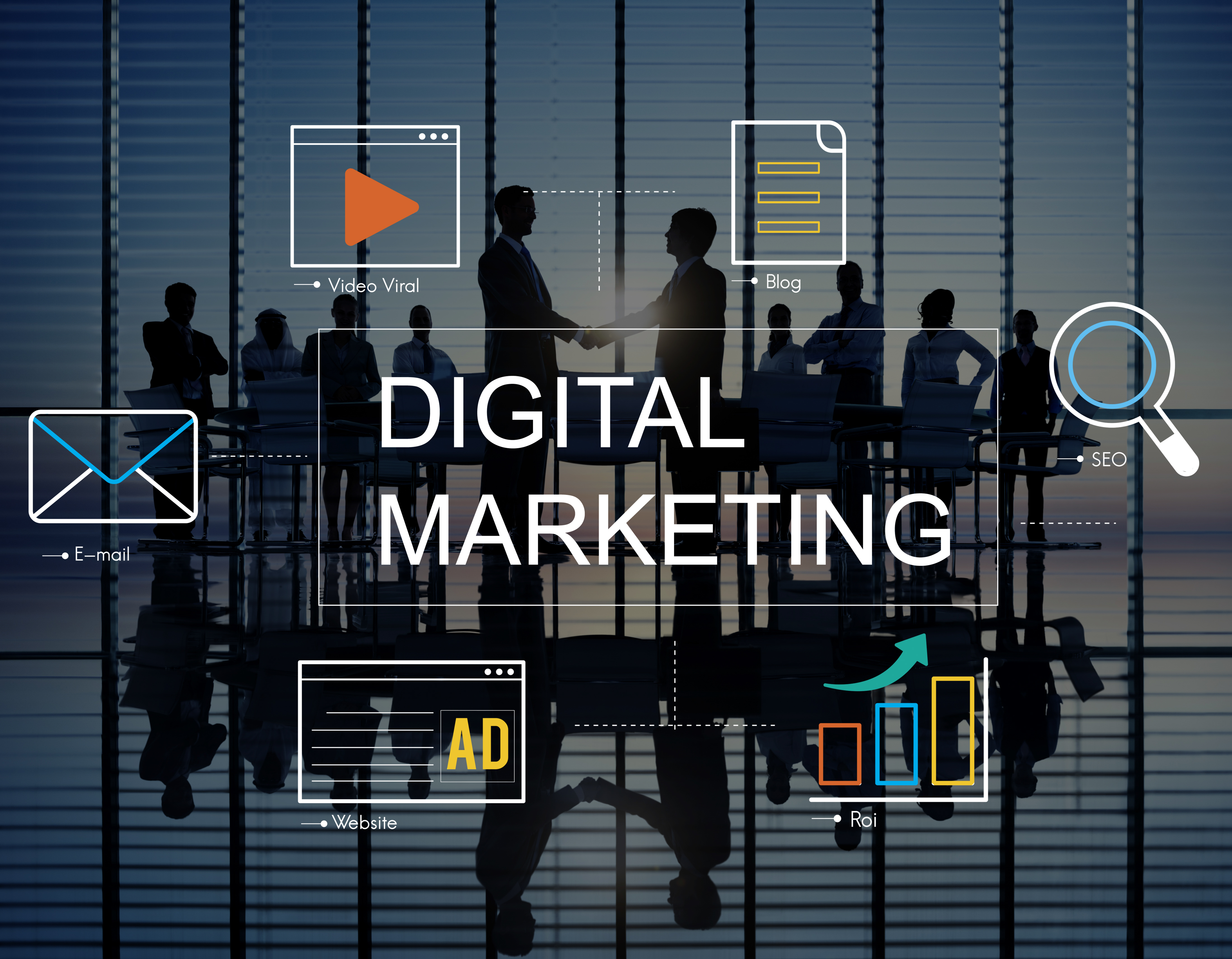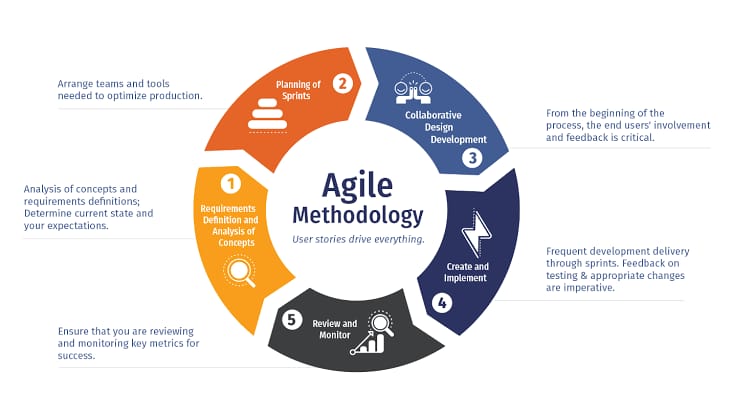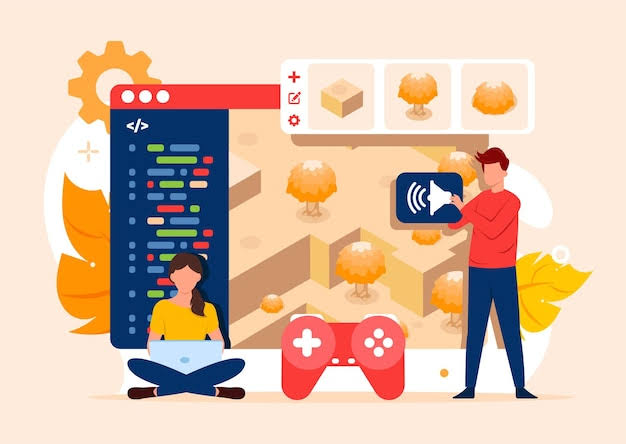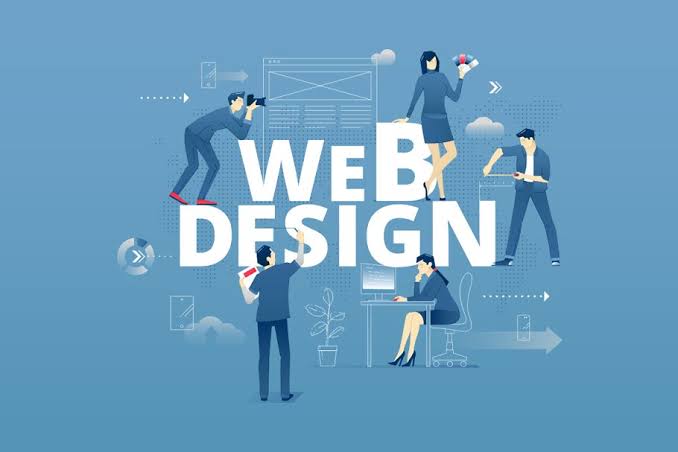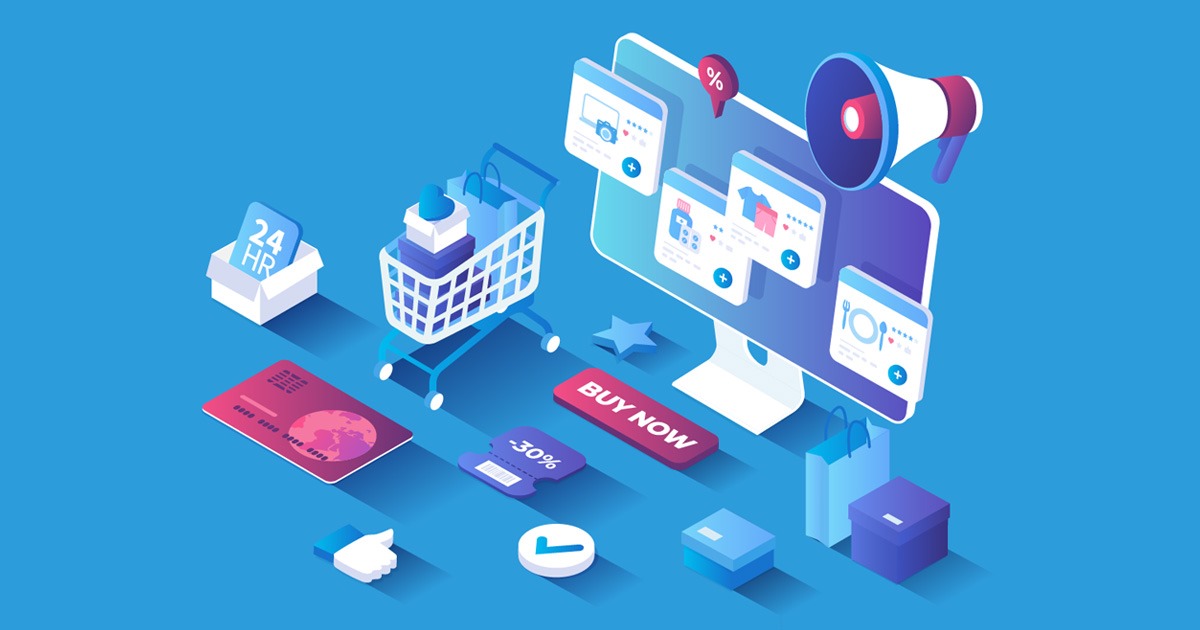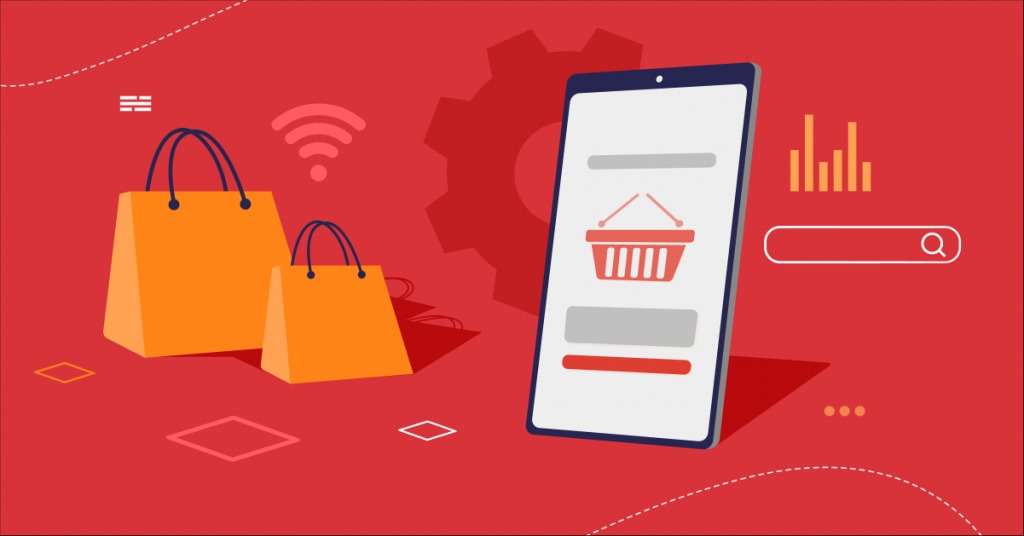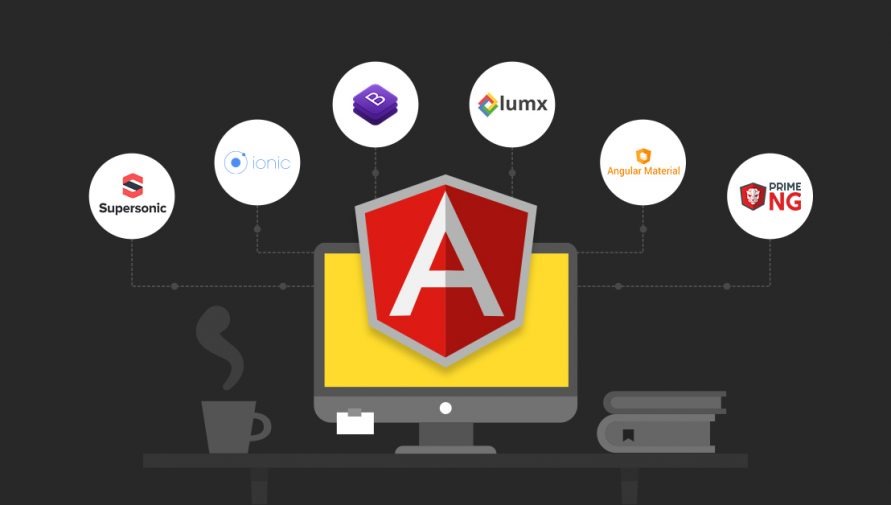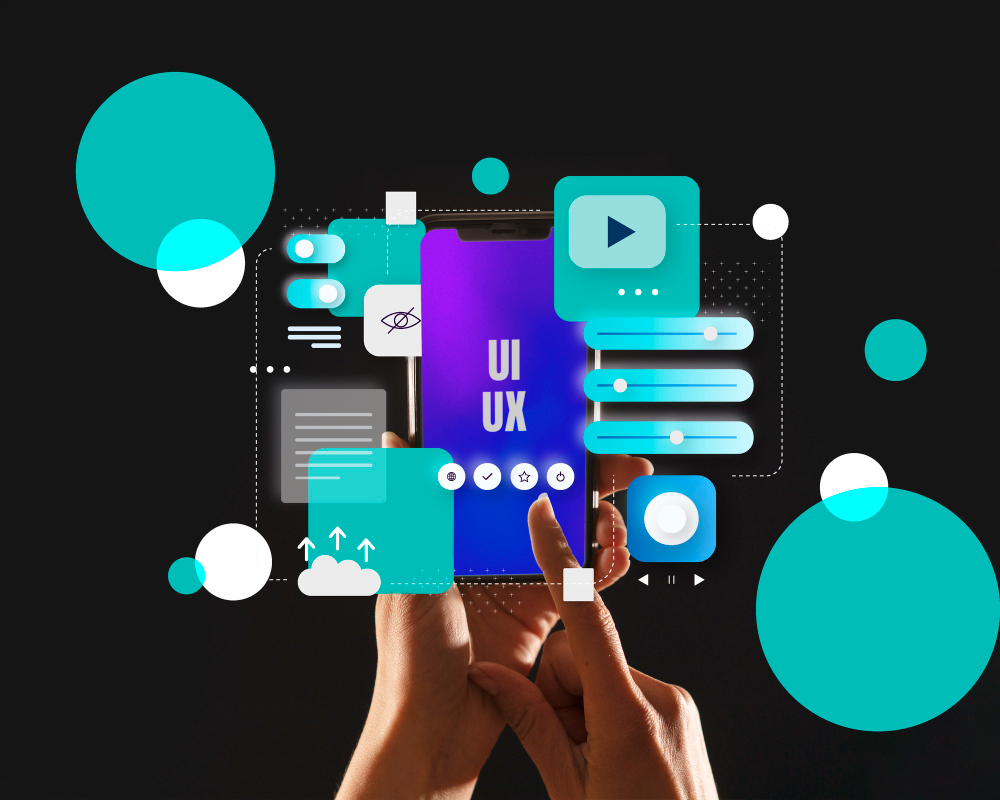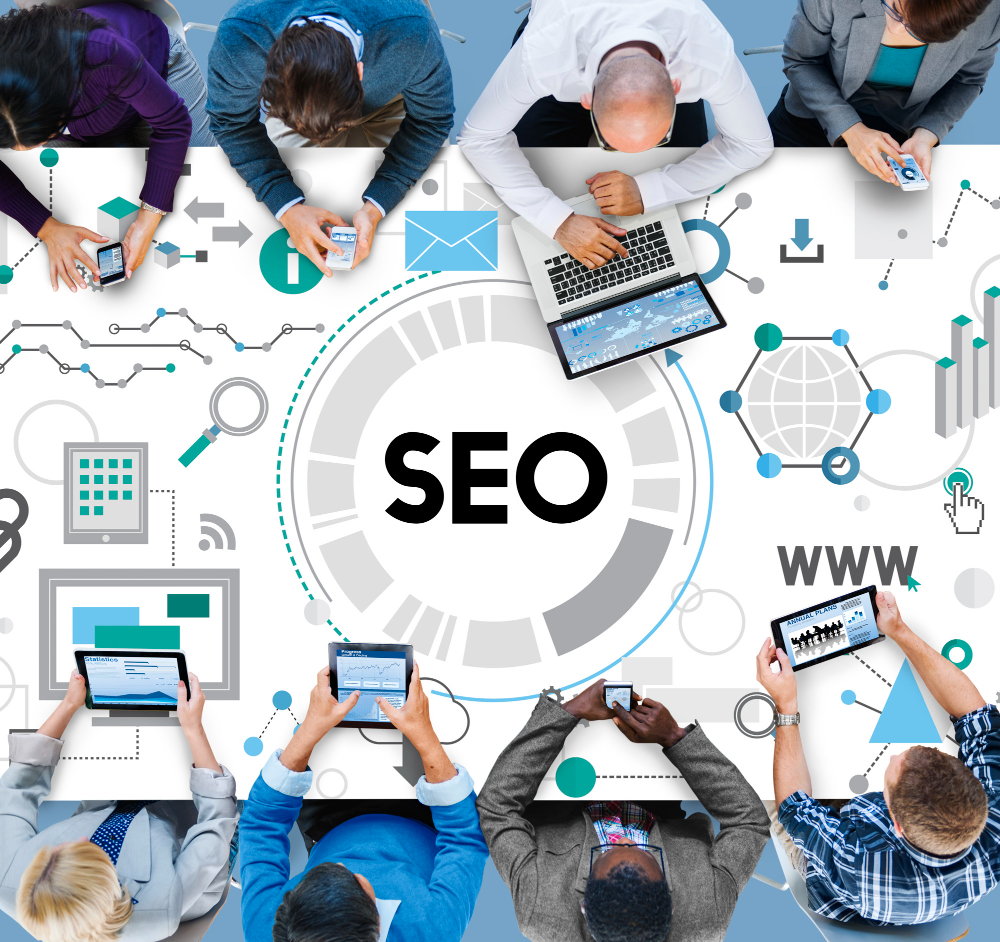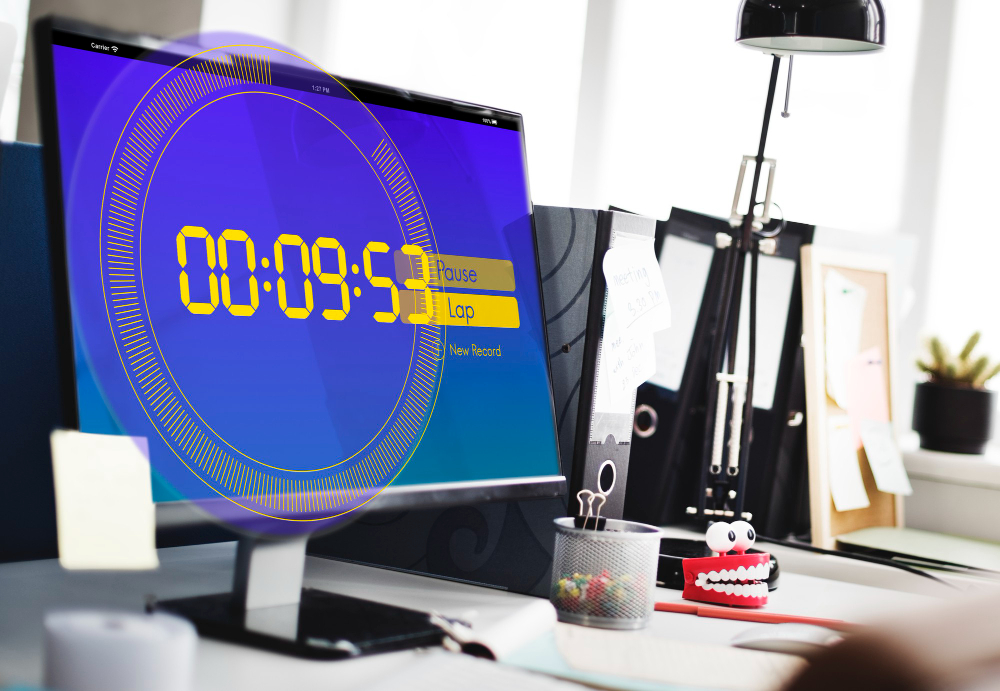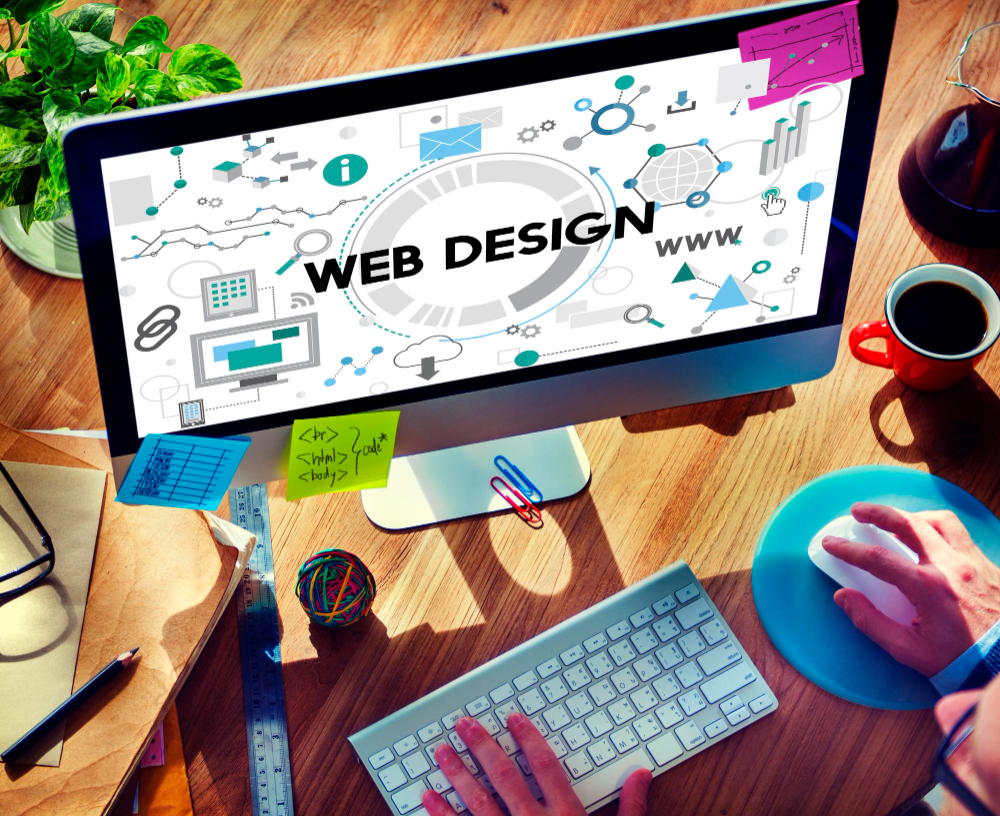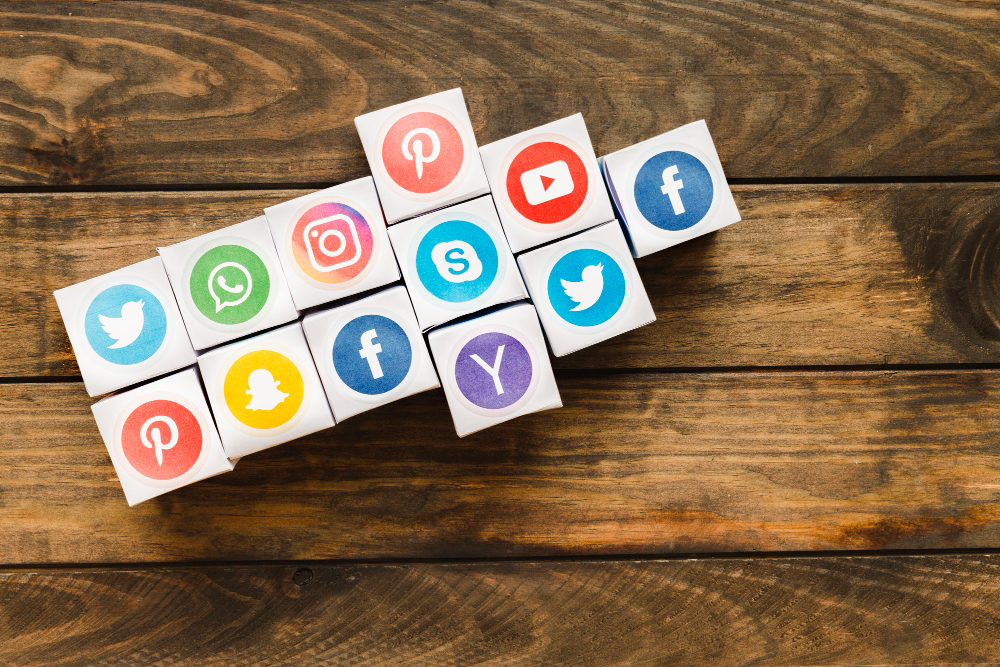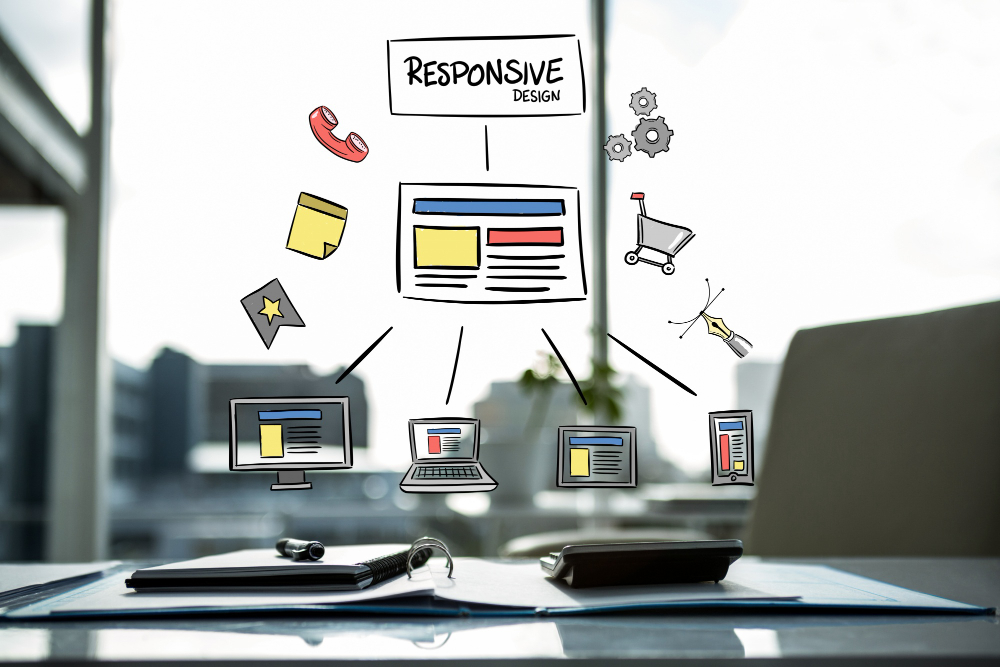The Importance of Visual Elements in Web Design
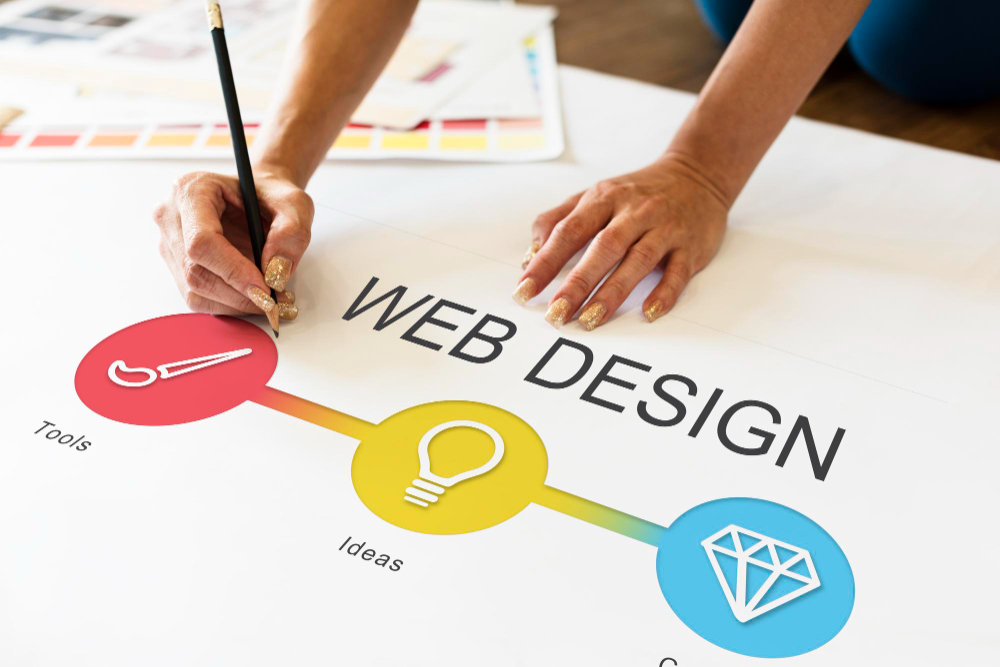
Web Design is essential for grabbing and holding consumers' attention in the competitive digital age we live in where attention spans are shortening. Visual components in web design can make or break the user experience, even while information and functionality are essential components. From captivating images to thoughtfully crafted layouts, visuals have the power to engage visitors, communicate messages, and create lasting impressions. In this blog, we will explore the importance of visual elements in web design and how they contribute to enhancing user experience and engagement.
Visual Appeal and First Impressions:
When users land on a website, their first impression is largely influenced by the visual elements they encounter. A well-designed website with aesthetically pleasing visuals instantly captivates users, making them more likely to explore further. Visual appeal is not just about using attractive images; it involves utilizing colors, typography, and overall design coherence to create a visually cohesive and impactful experience.
Enhancing User Experience:
Visual elements in web design play a vital role in enhancing user experience. They help guide users through the website by creating visual hierarchies and providing visual cues. For example, strategically placed call-to-action buttons with visually distinct designs can direct users towards desired actions. Additionally, the use of visuals can simplify complex information, making it easier for users to understand and navigate the website.
Communicating Brand Identity:
Visual components are a powerful tool for communicating and reinforcing a brand's identity. Web designers can develop a visual language that complements the brand's values and personality by using consistent colors, fonts, and graphic styles. This visual consistency helps build brand recognition and fosters trust and familiarity with users. The visual elements, when combined with compelling content, can create a memorable and distinctive brand experience.
Engaging and Retaining Users:
A crucial indicator of a website's success is engagement. User engagement is significantly impacted by visual components. High-quality graphics, films, and videos can arouse feelings in viewers and grab their attention, luring them to stay on a website longer. Engaging visuals Can also help convey complex information quickly and effectively, reducing bounce rates and improving overall user satisfaction.
Visual Components and Mobile Responsiveness:
In the era of mobile surfing, visual components are even more important. It is crucial to make sure graphic elements are optimized for various screen sizes and resolutions because the majority of people access websites through smartphones and tablets. Flexible pictures and fluid layouts are just two examples of the responsive web design approaches that allow visual elements to adjust naturally across devices for a consistent and delightful user experience.
Differentiating from Competitors:
In a saturated digital landscape, setting your website apart from competitors is essential. Thoughtfully designed visual elements can give your website a unique edge. You may develop a distinctive brand identity that stands out from the competition by comprehending your target demographic and combining visually appealing components that appeal to them. Visual storytelling through images, videos, and animations can help convey your brand's message in a compelling and memorable way.
In conclusion, visual elements are integral to successful web design. They have the ability to draw consumers in, improve the user experience, communicate brand identity, and set your website apart from rivals. Businesses may build a memorable and compelling online presence by investing in visually appealing and user-friendly designs, which will ultimately lead to more user engagement, customer loyalty, and company success in the digital sphere. Users can be captivated and affected for a long time by images, films, and other visual components. Guests are all the more effectively ready to investigate the site and acquire the data they're searching for thanks to the viewable prompts that are given. Long texts can be broken up with strategically placed graphics to make the content more readable and consumable. Visual components also add to a website's overall accessibility. They can be utilized to make the content easier to read, accommodate varied learning preferences, and help users who have visual impairments. Web designers may make sure that people with visual impairments can still access and comprehend the material by integrating alt tags, captions, and informative text.
Additionally, organizations and people need to hang out in the present very serious web-based climate by separating themselves. Visual elements enable websites to stand out from the crowd and have a lasting impact on visitors by encouraging creativity and innovation. Visual design components including color palettes, typography, and layouts should all be consistent to produce a unified, businesslike appearance that fosters trustworthiness. In summary, the power of visual elements to draw in viewers, effectively convey ideas, improve user experience, and build a strong brand presence makes them crucial in web design. Web designers may develop interesting, memorable, and effective websites by utilizing the power of graphics, which resonate with users and add to the overall success of the online presence.
Recent Stories
500k Customer Have
Build a stunning site today.
We help our clients succeed by creating brand identities.
Get a Quote
